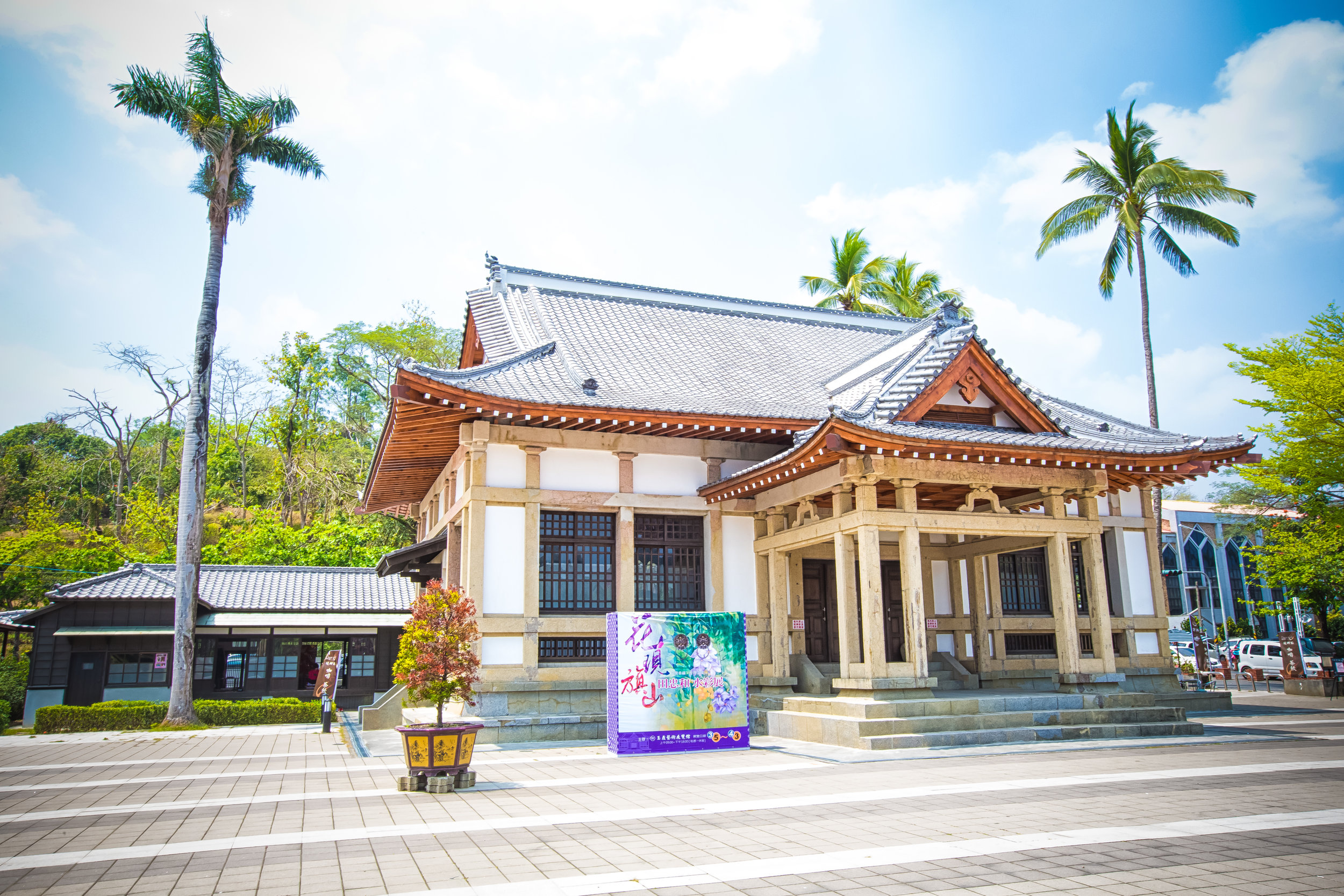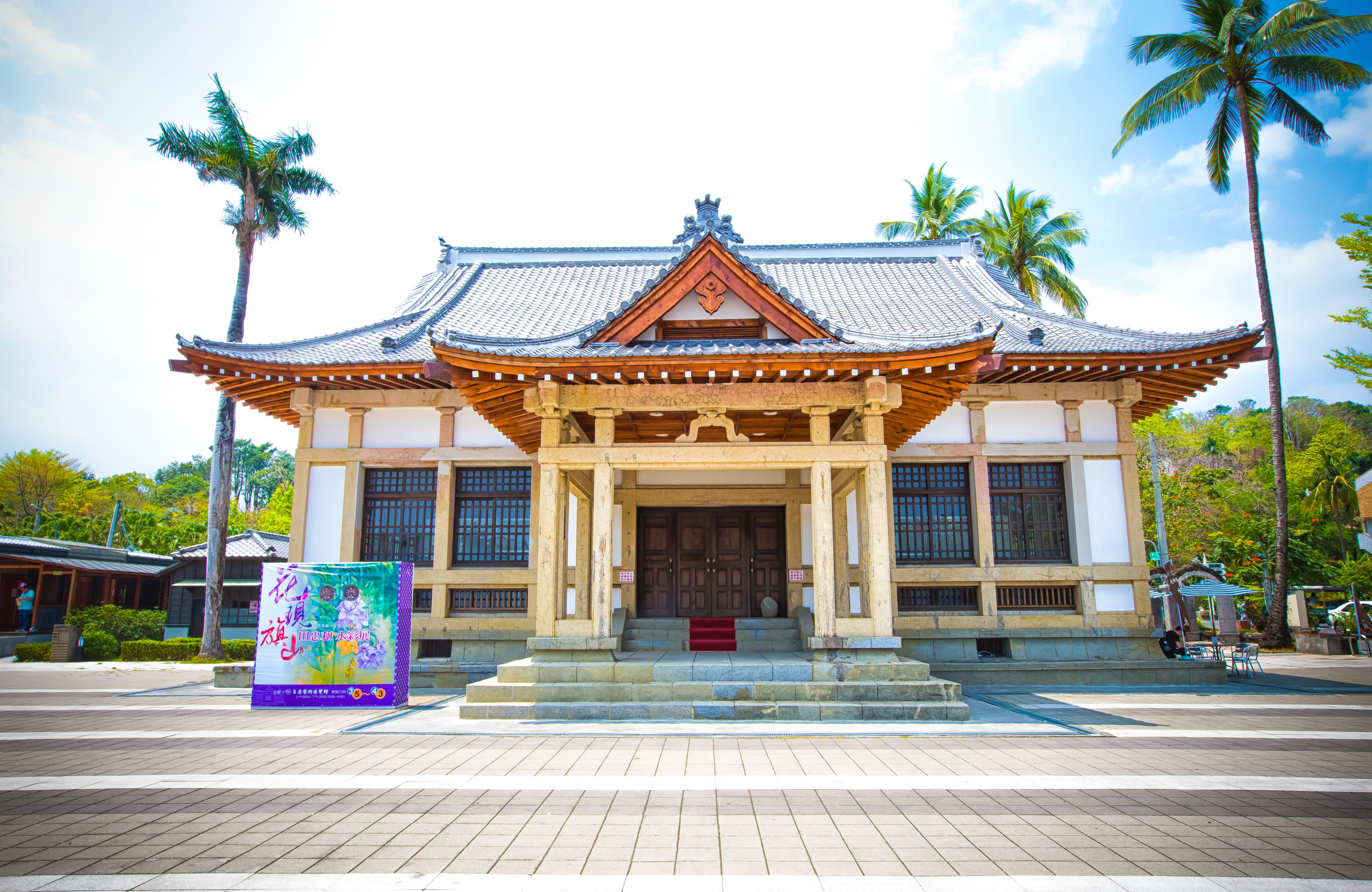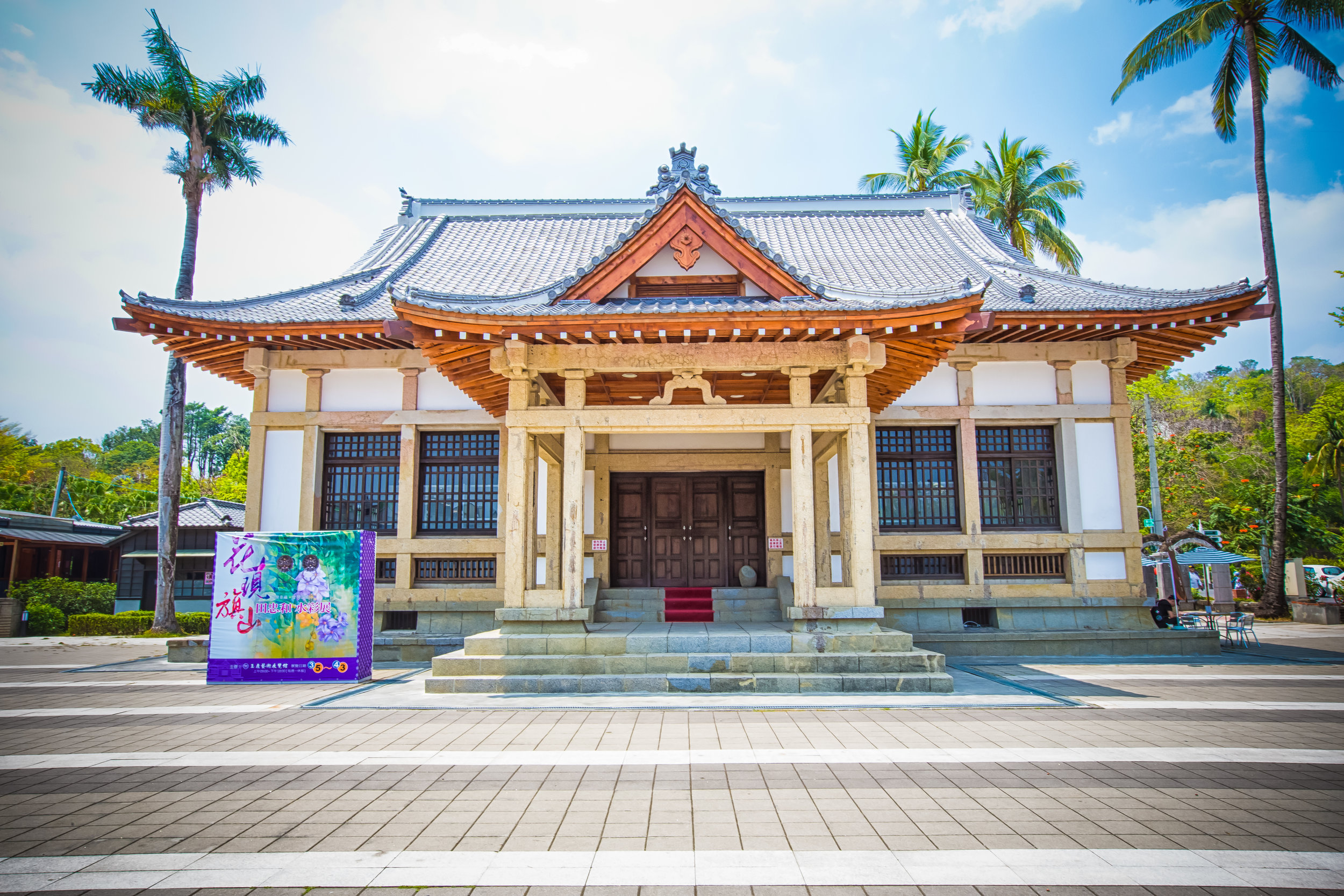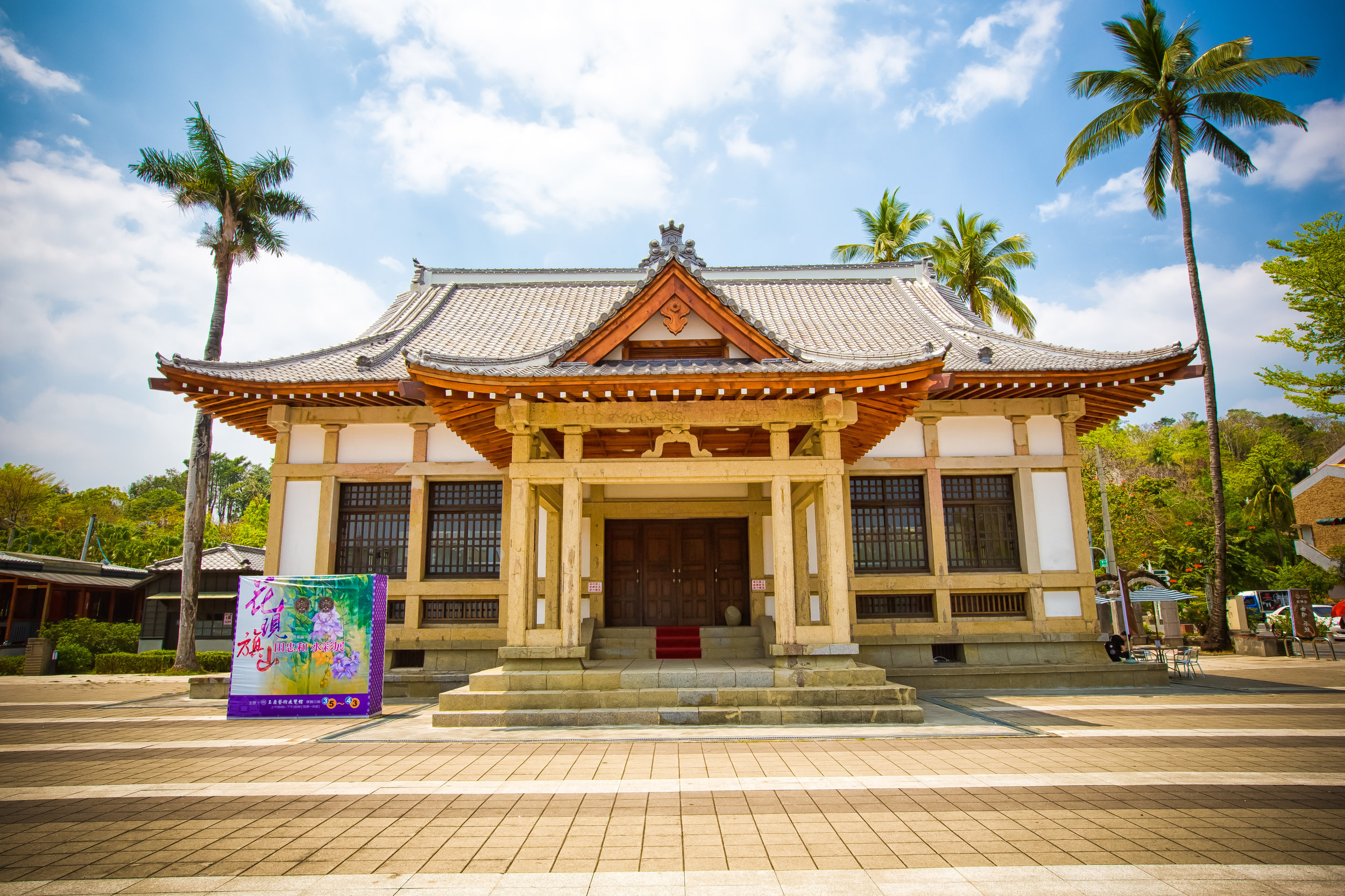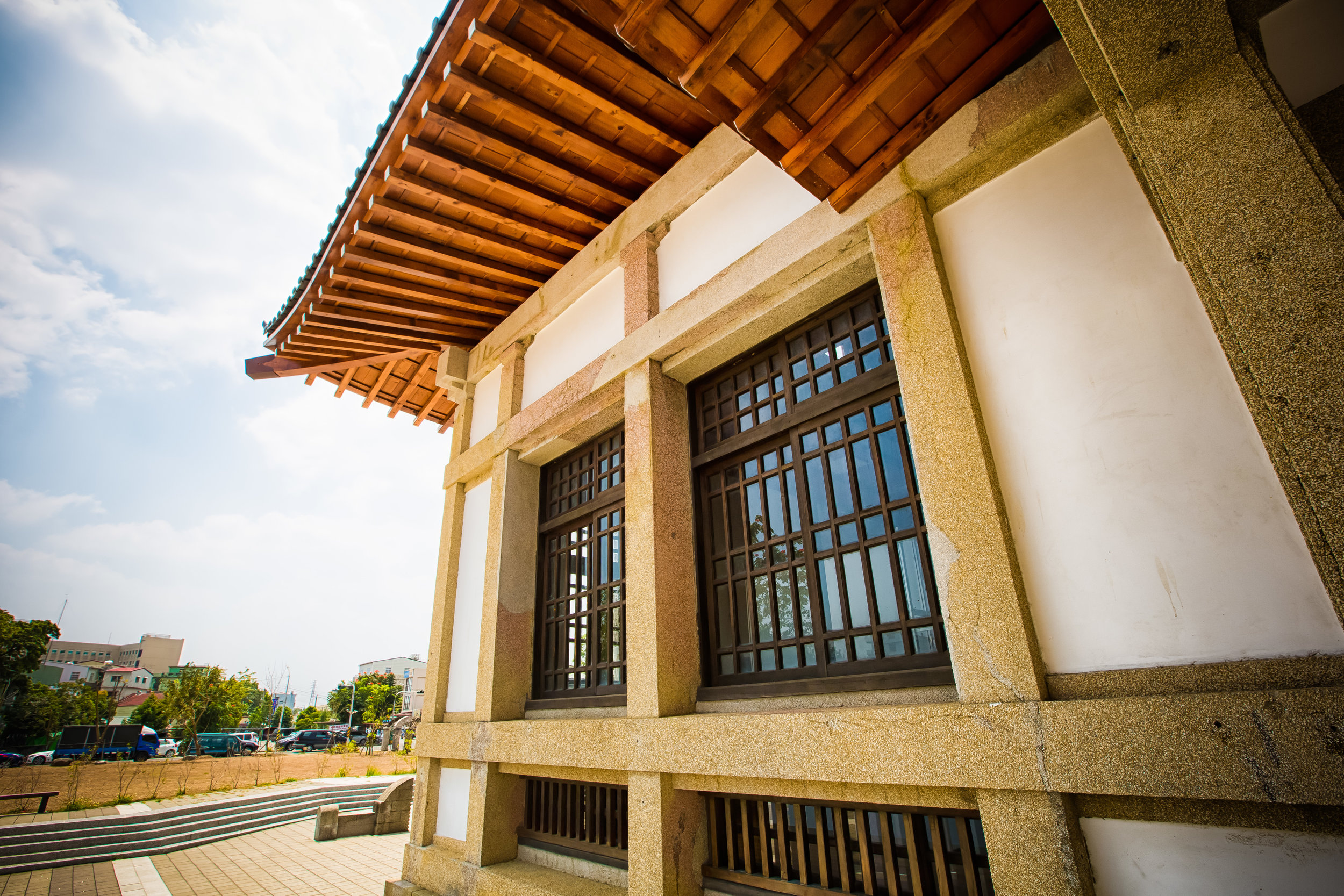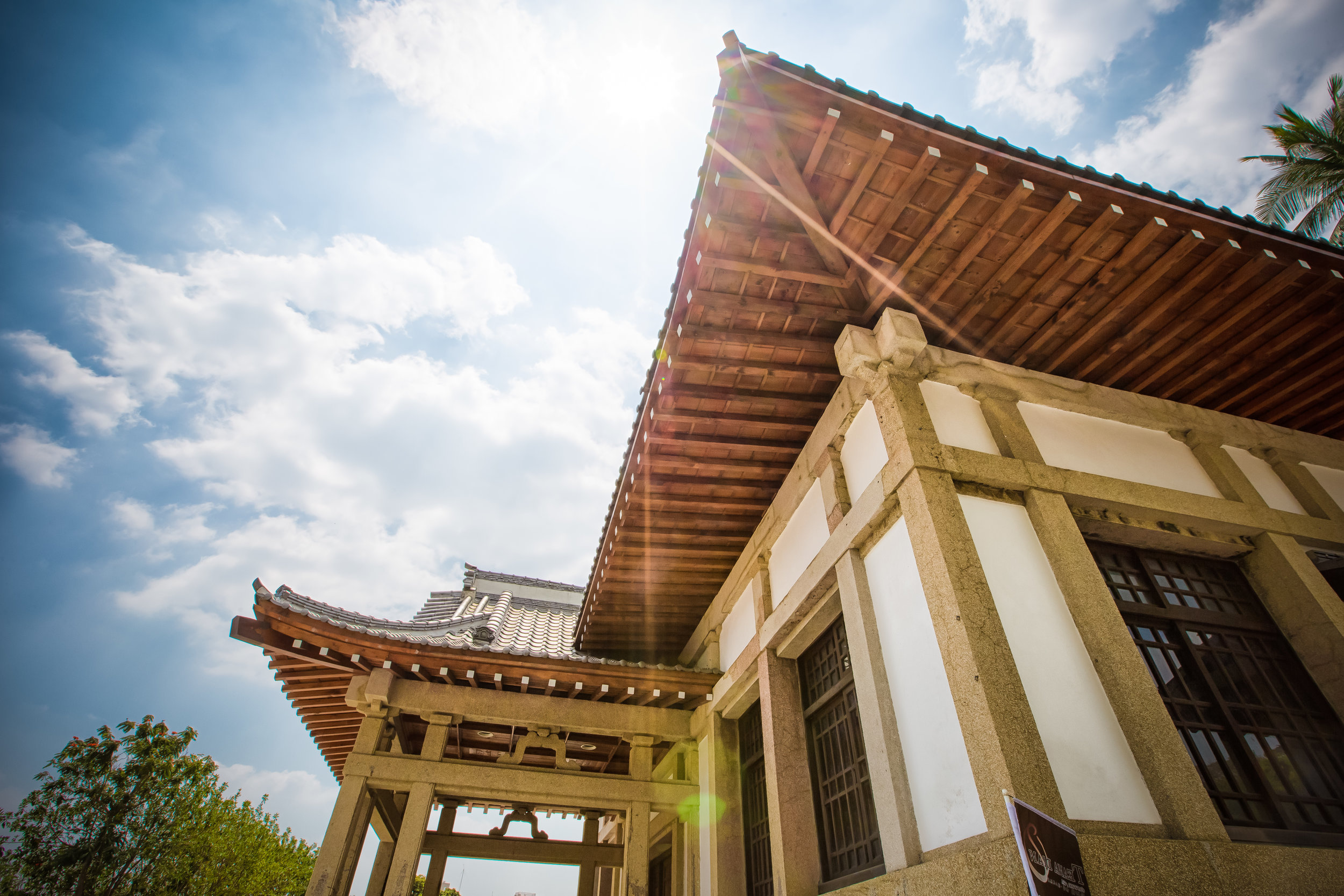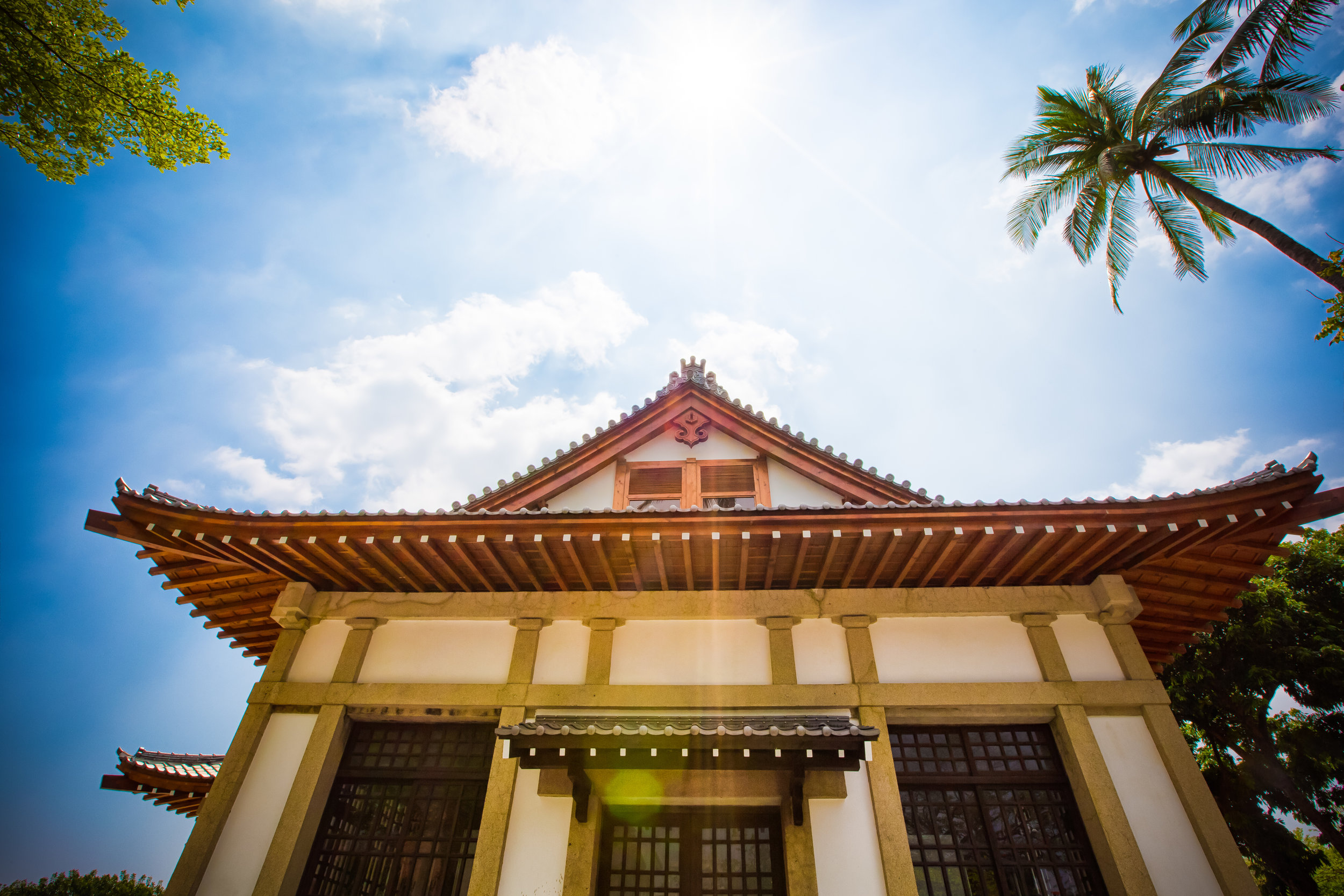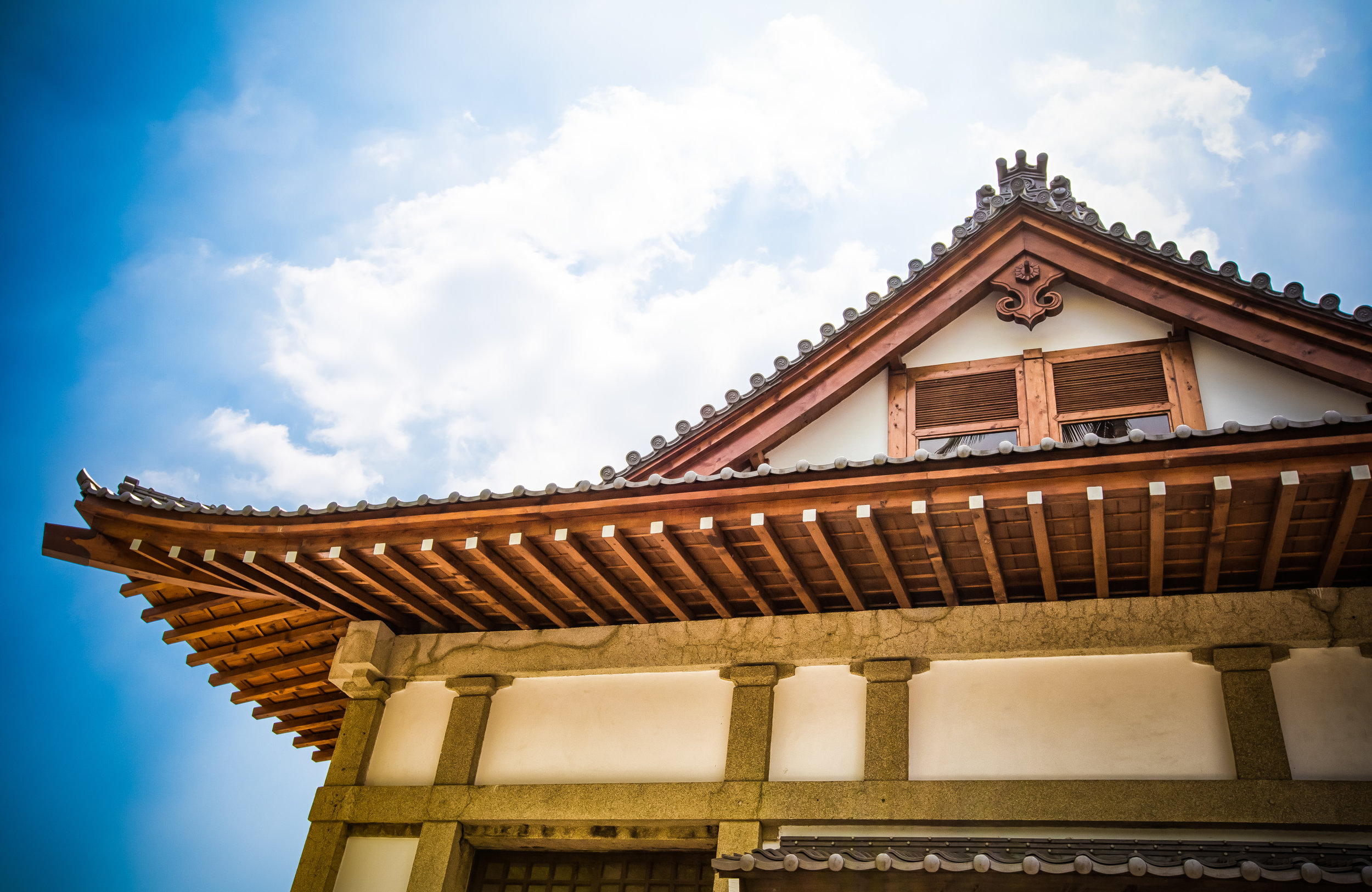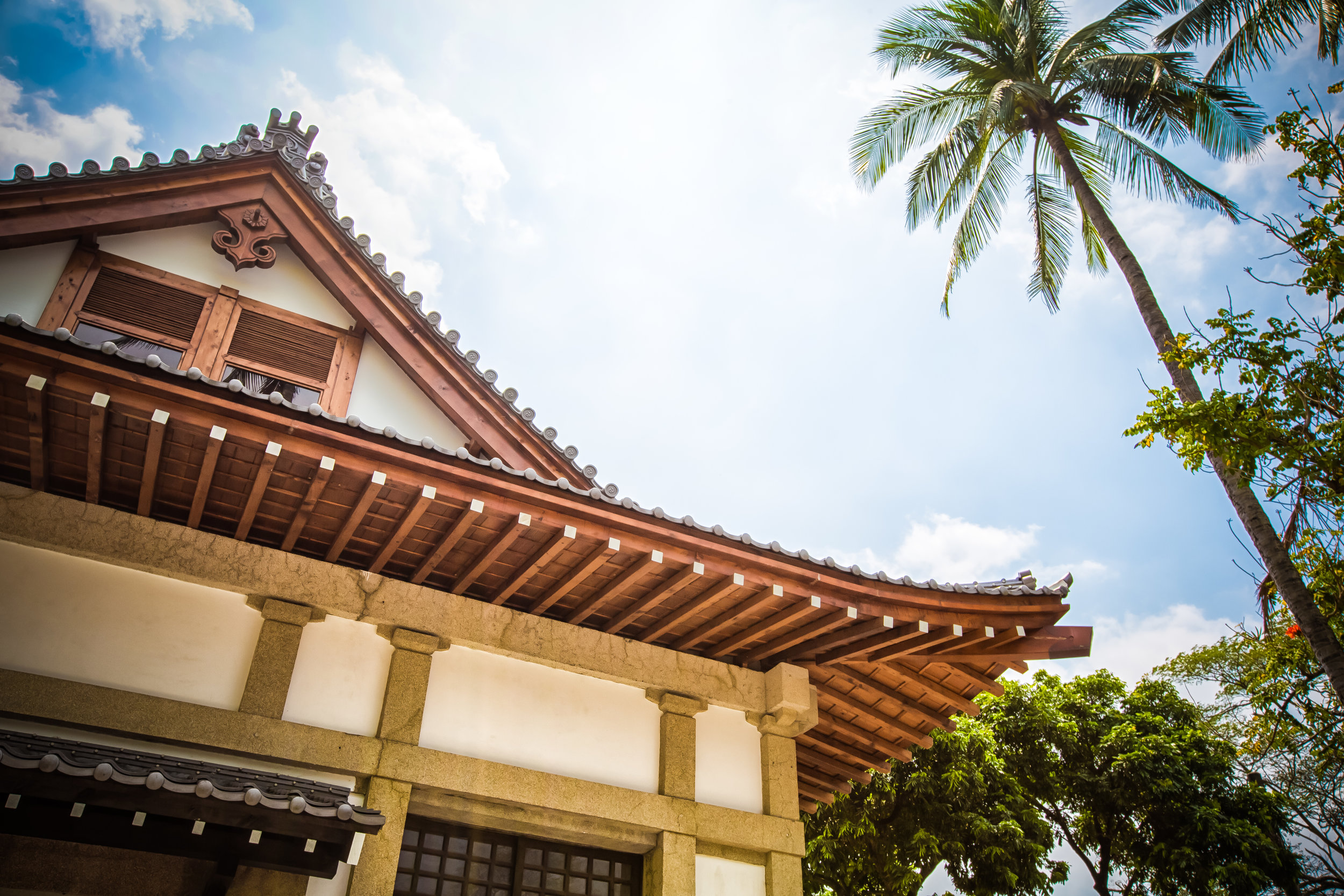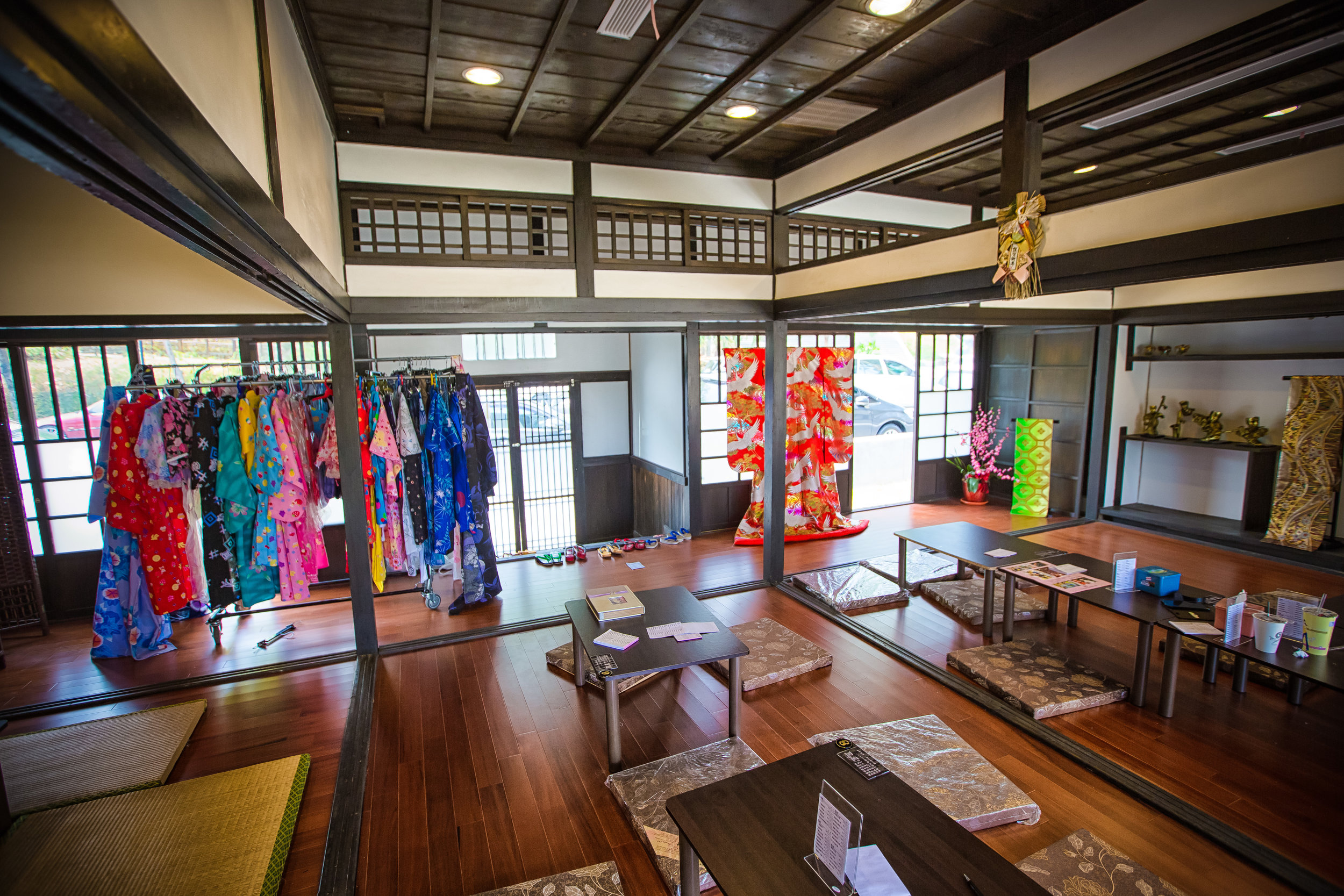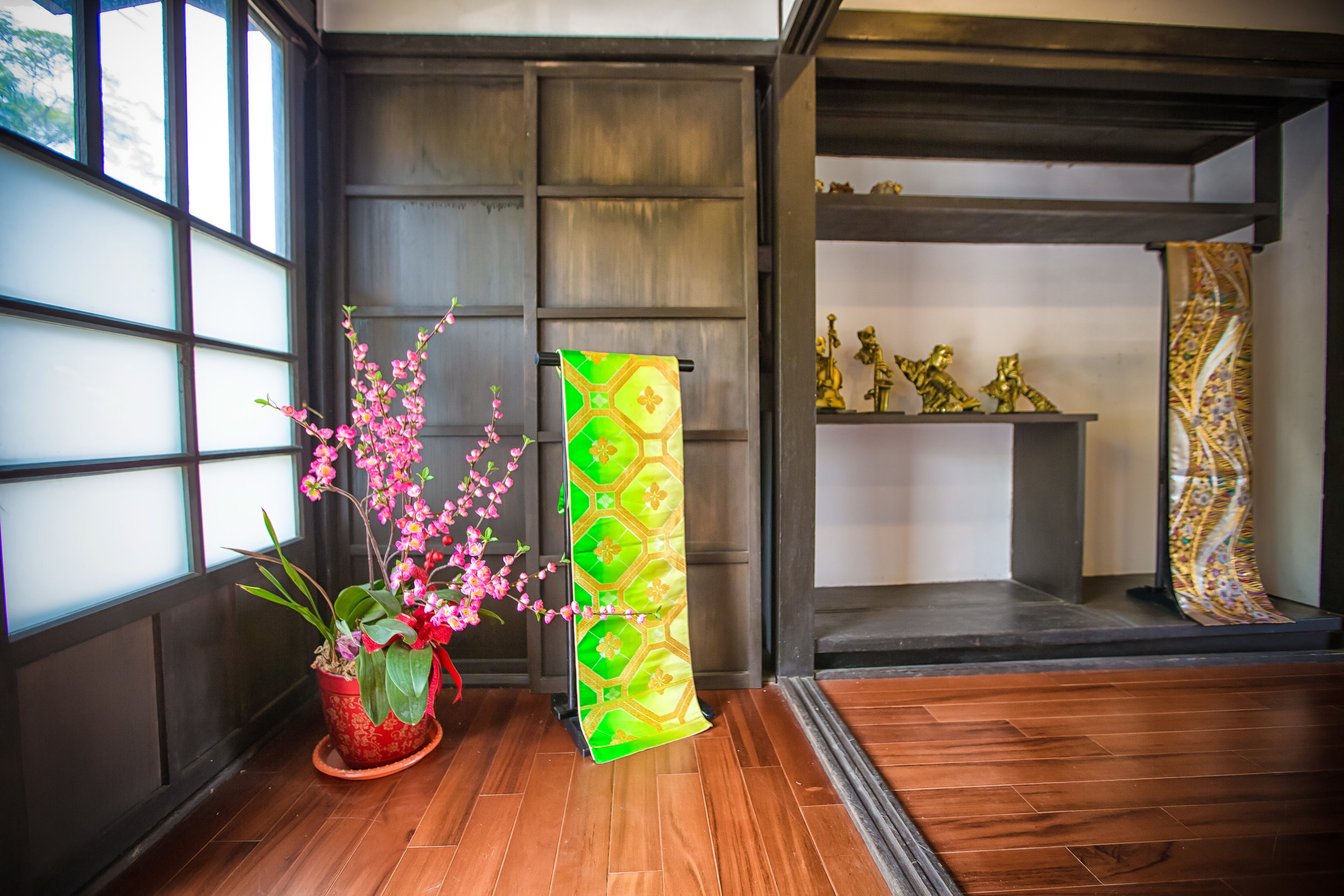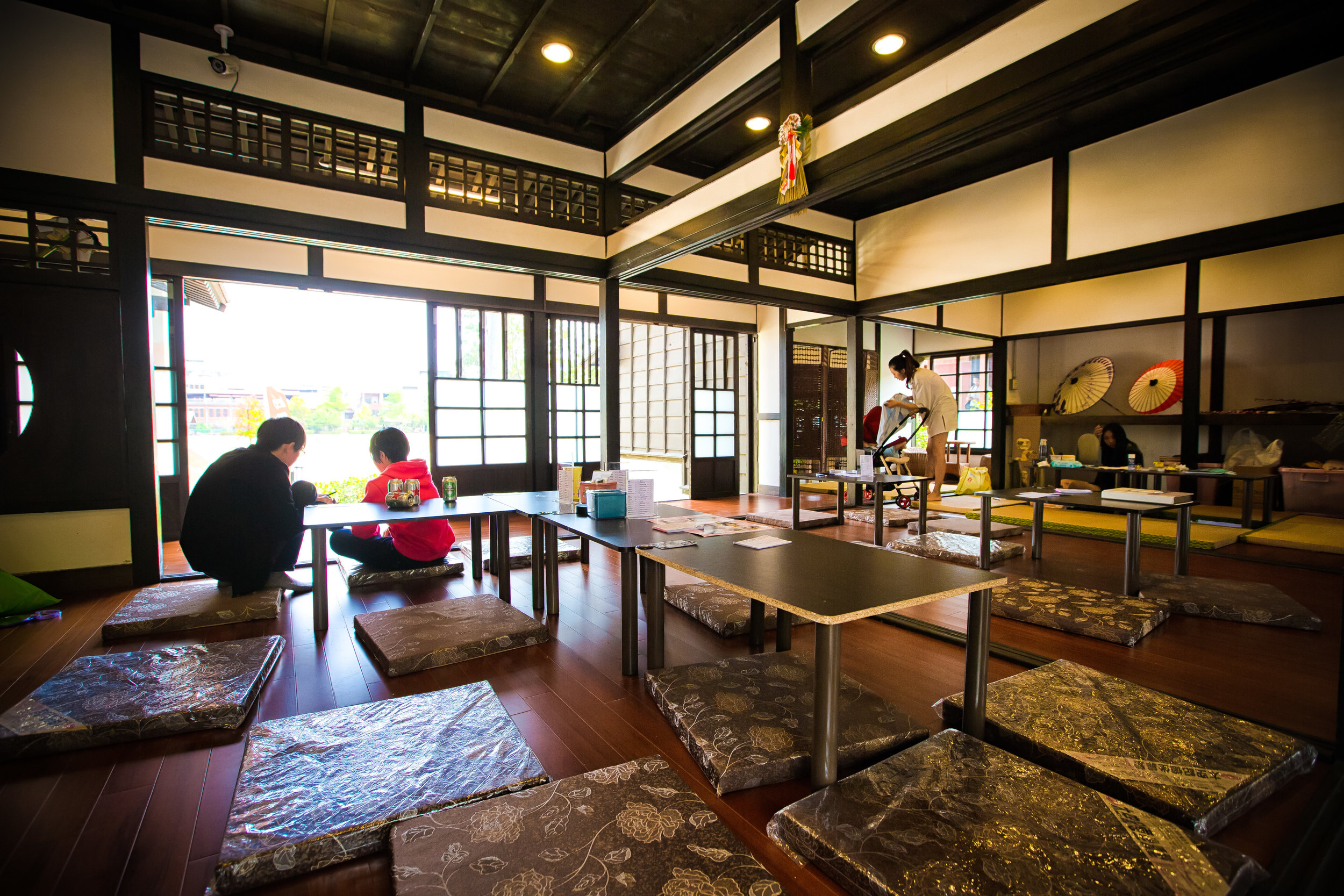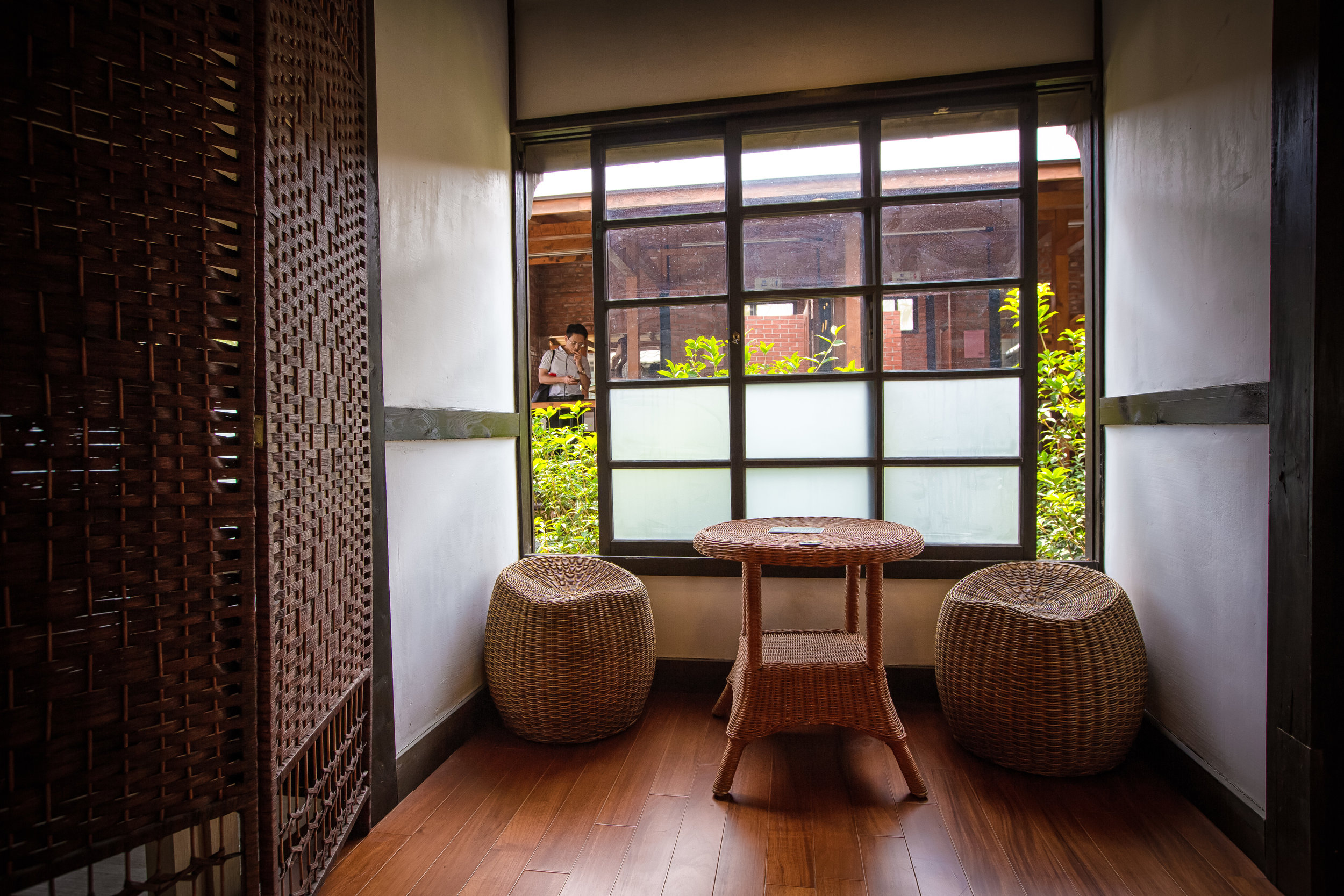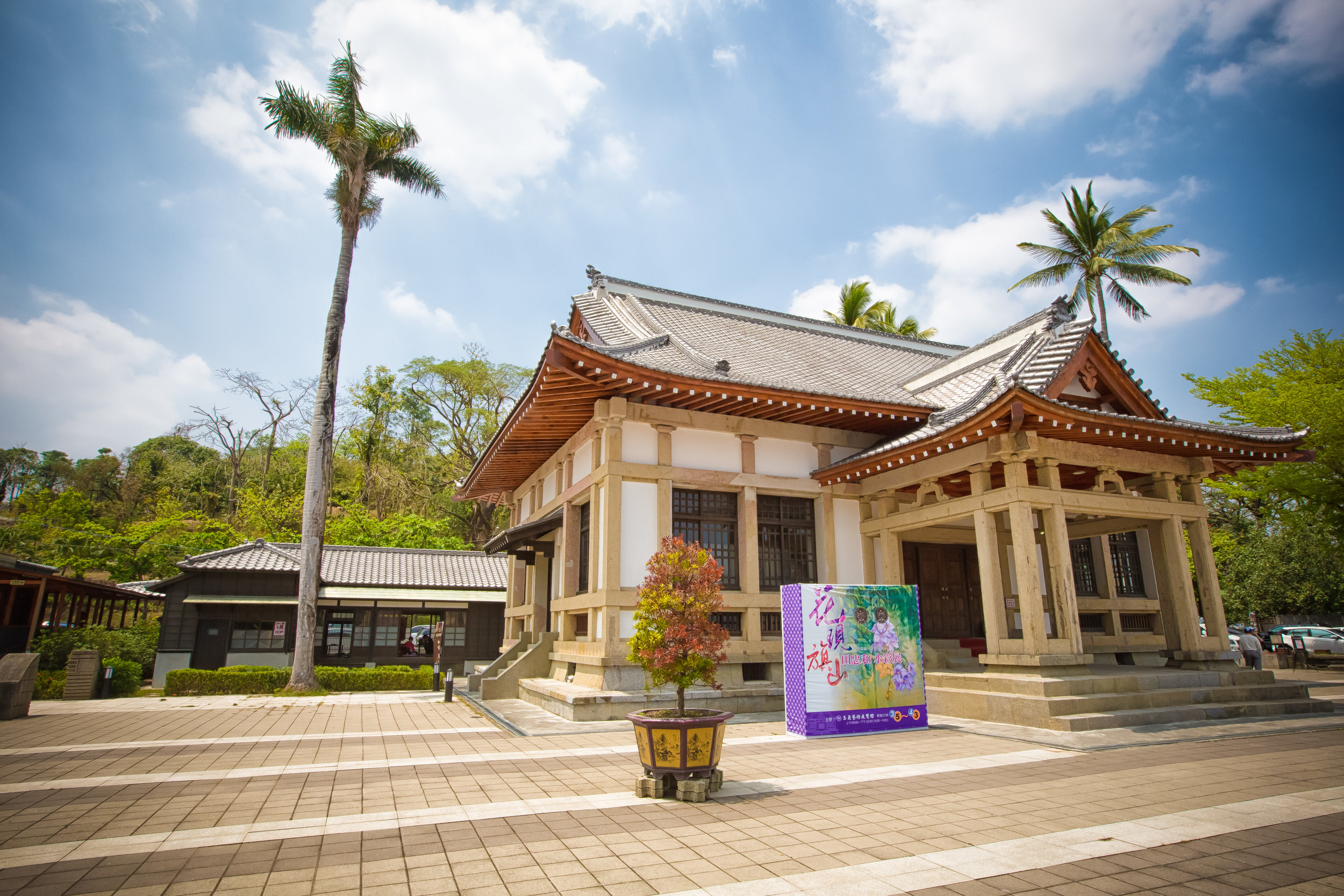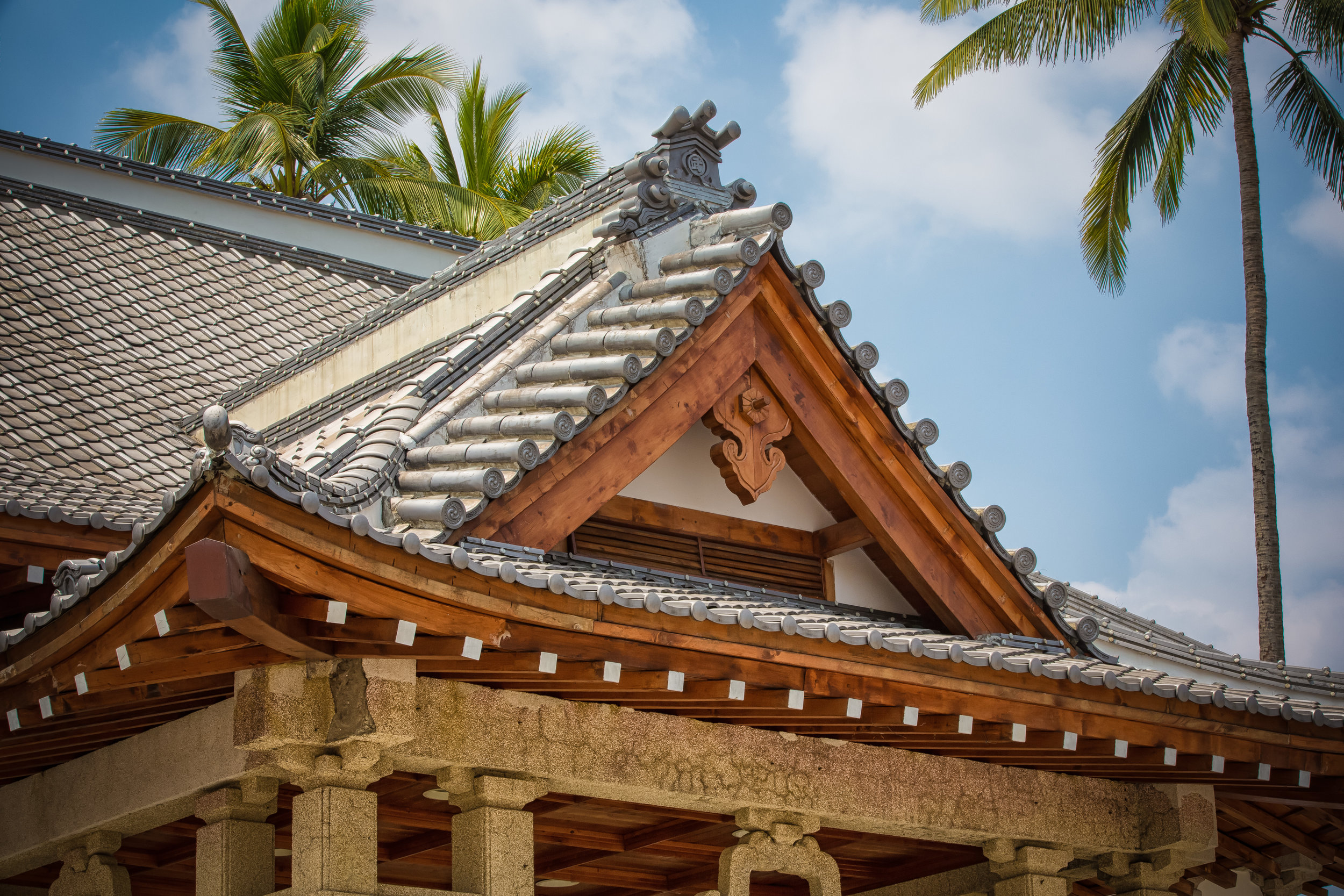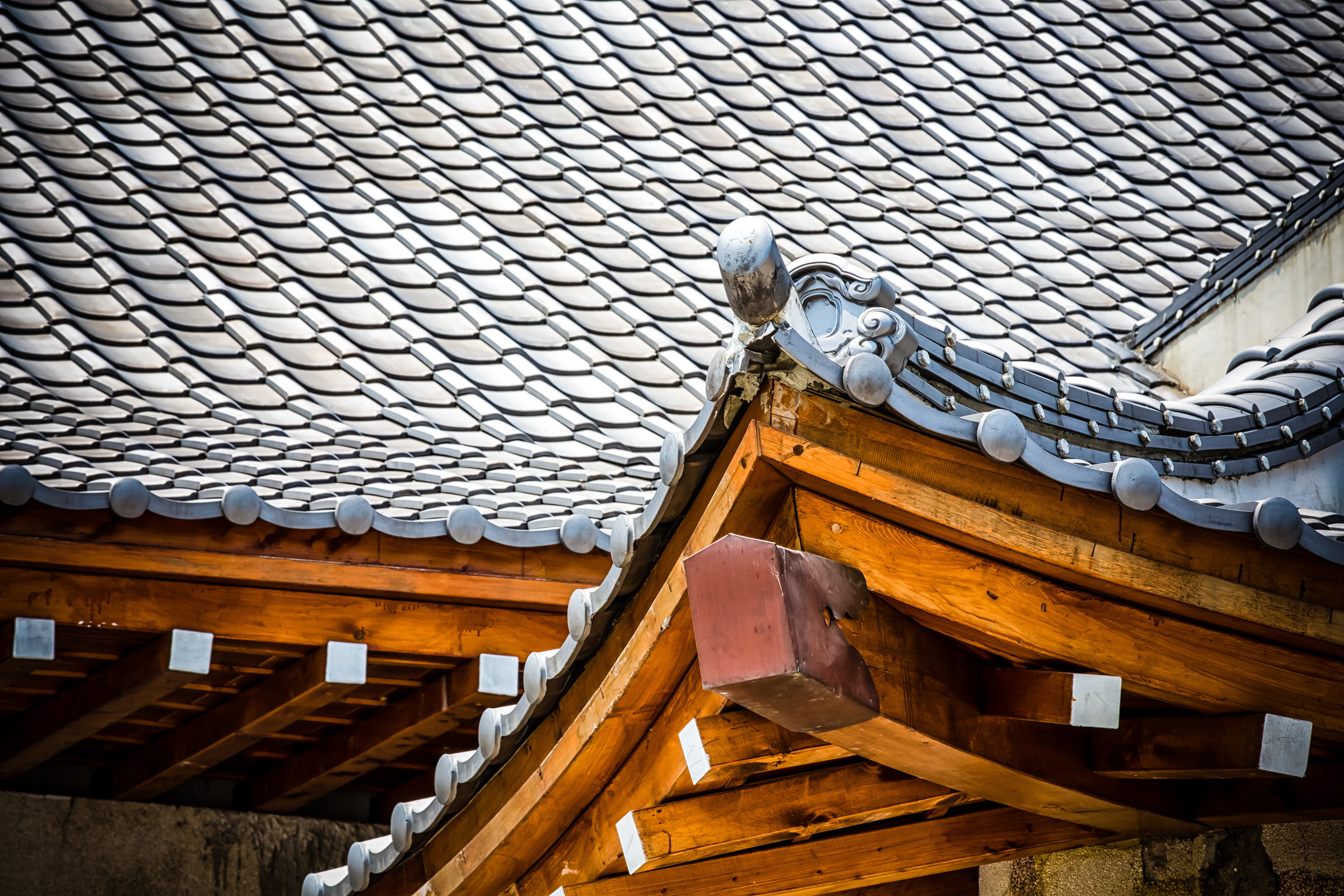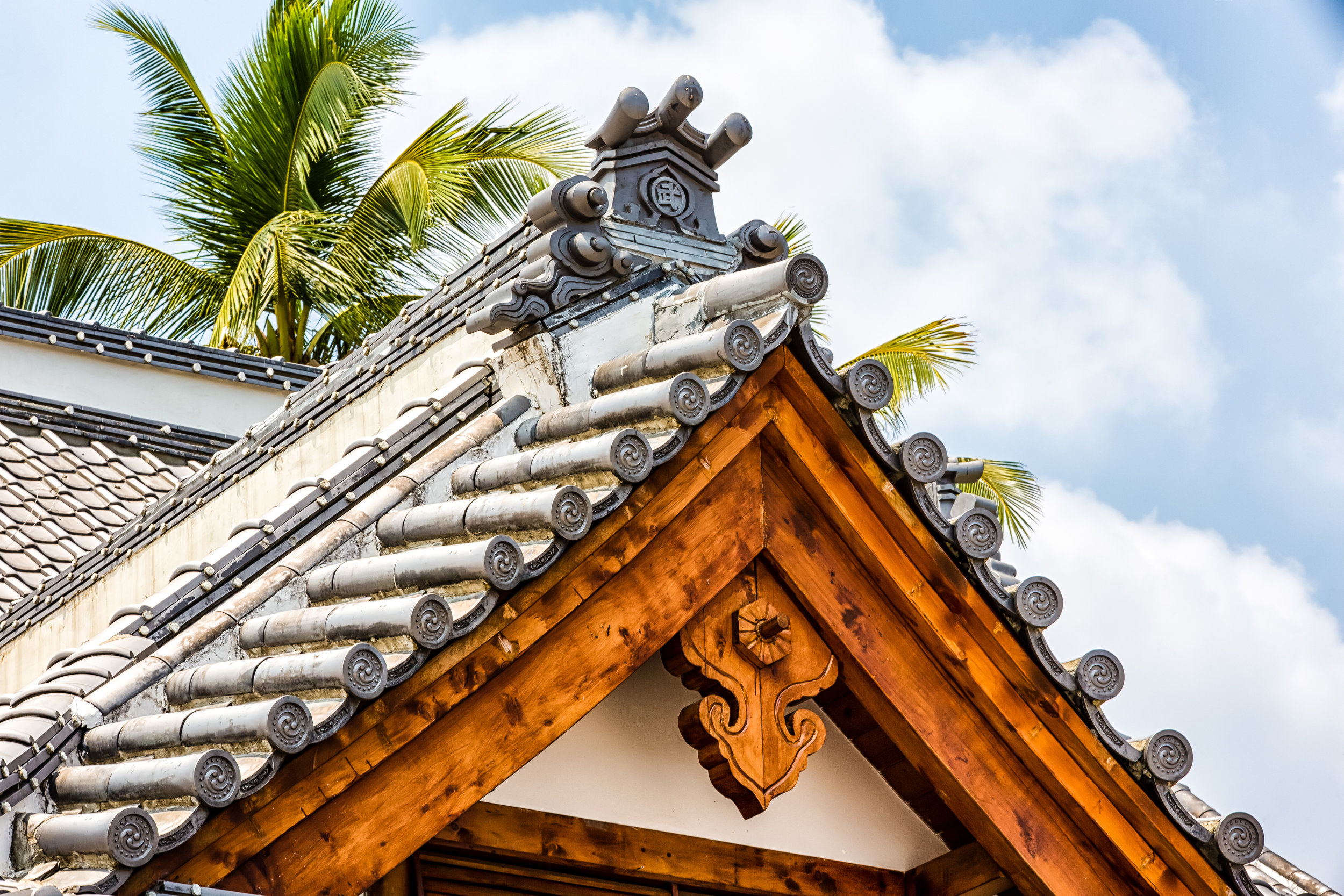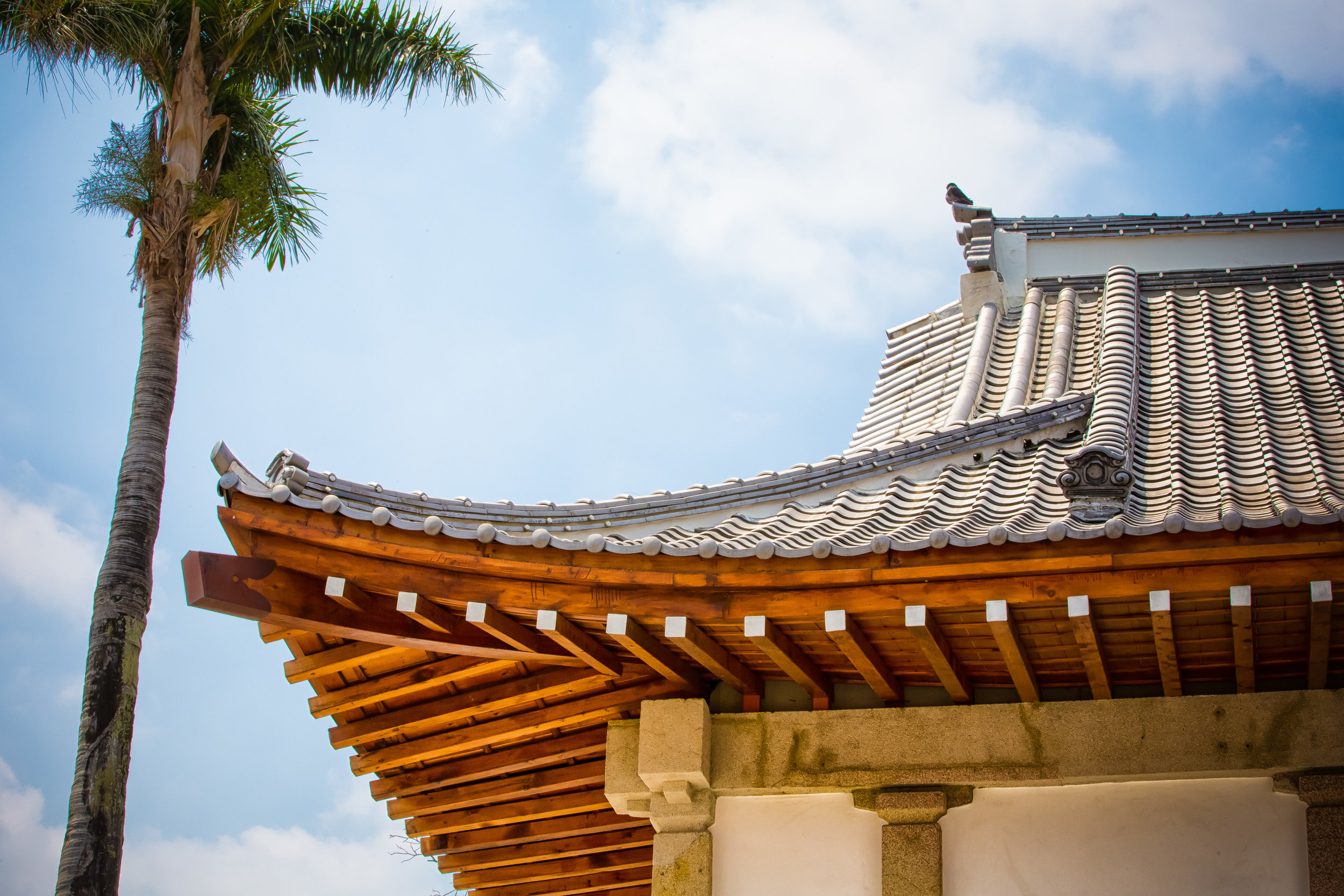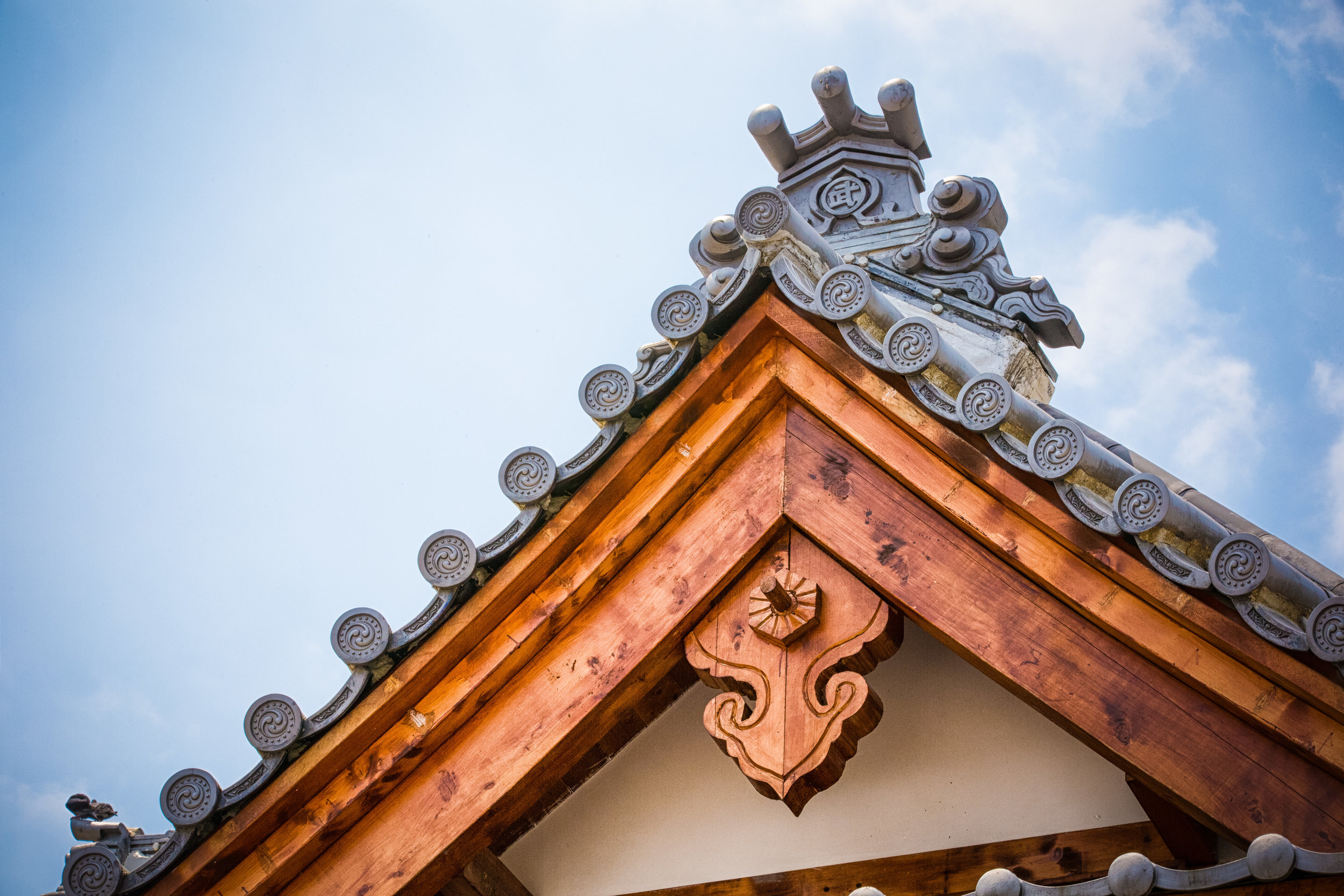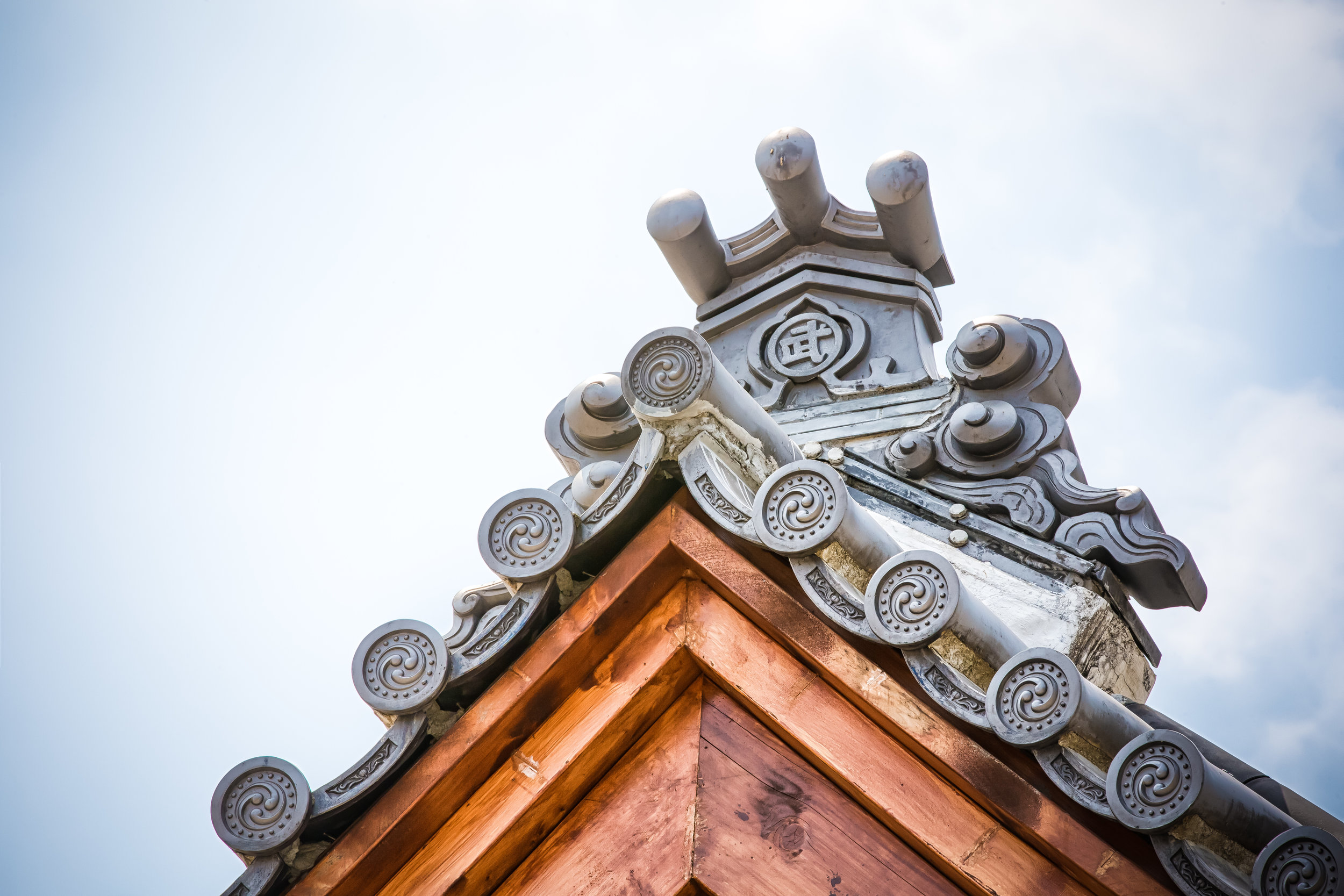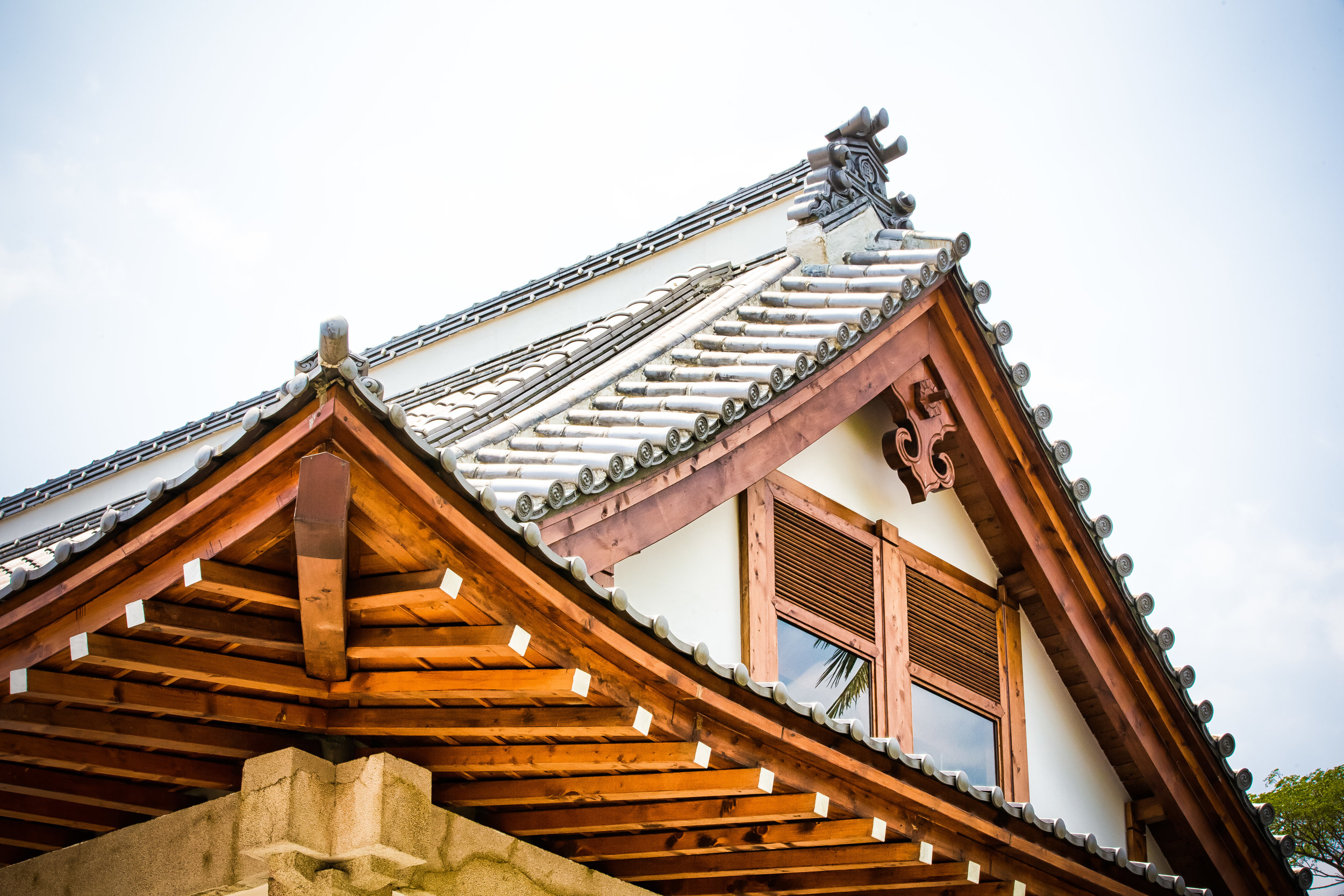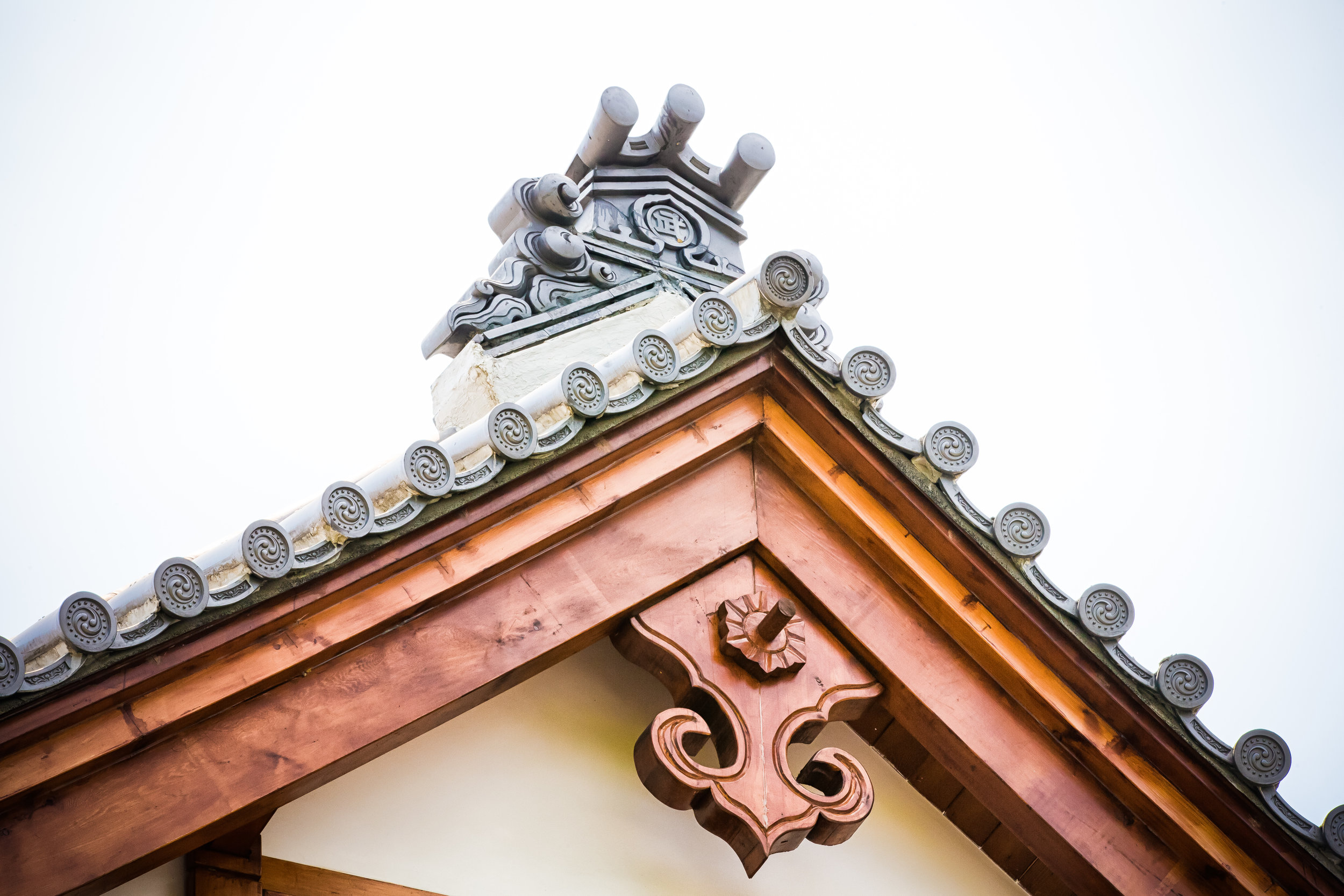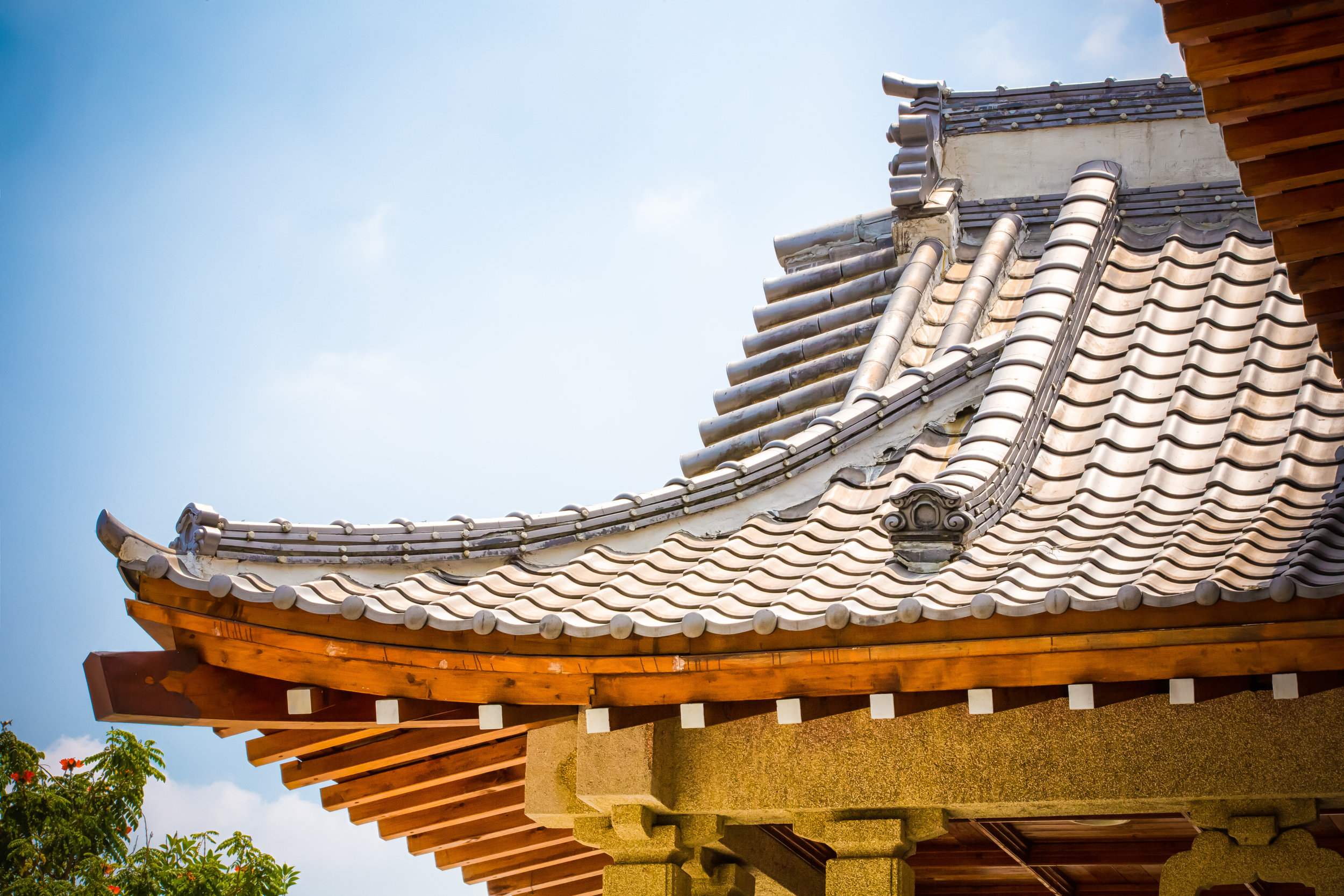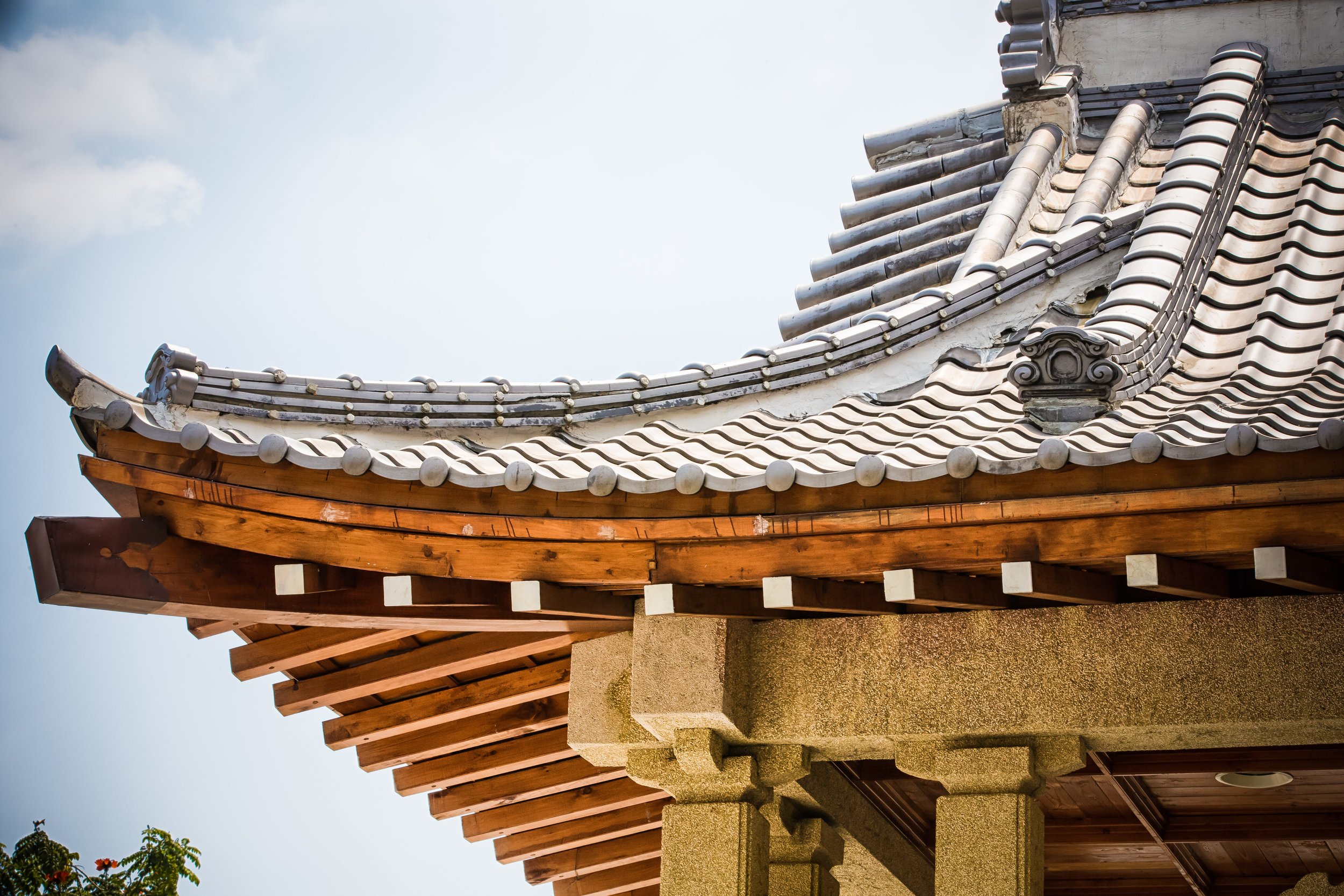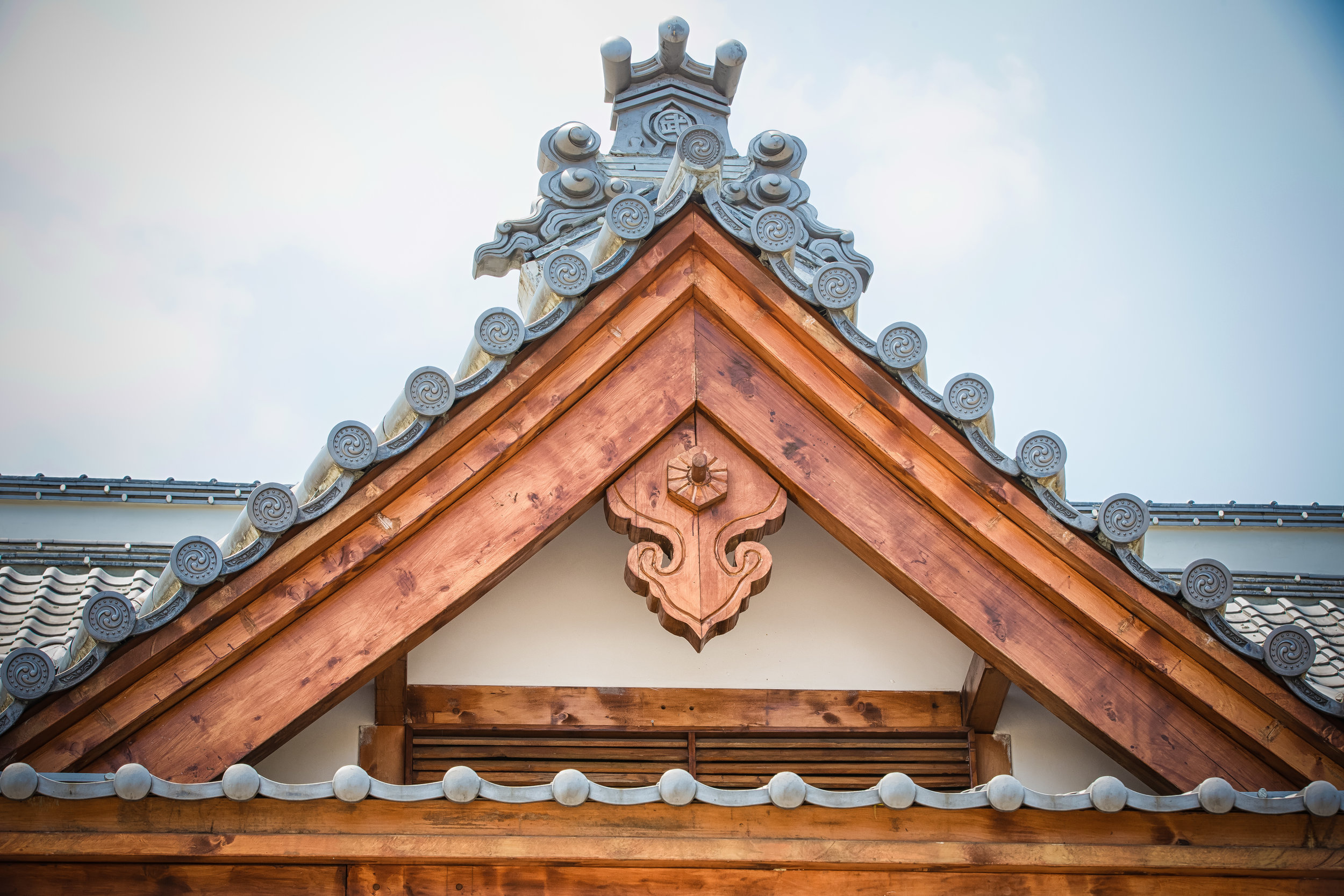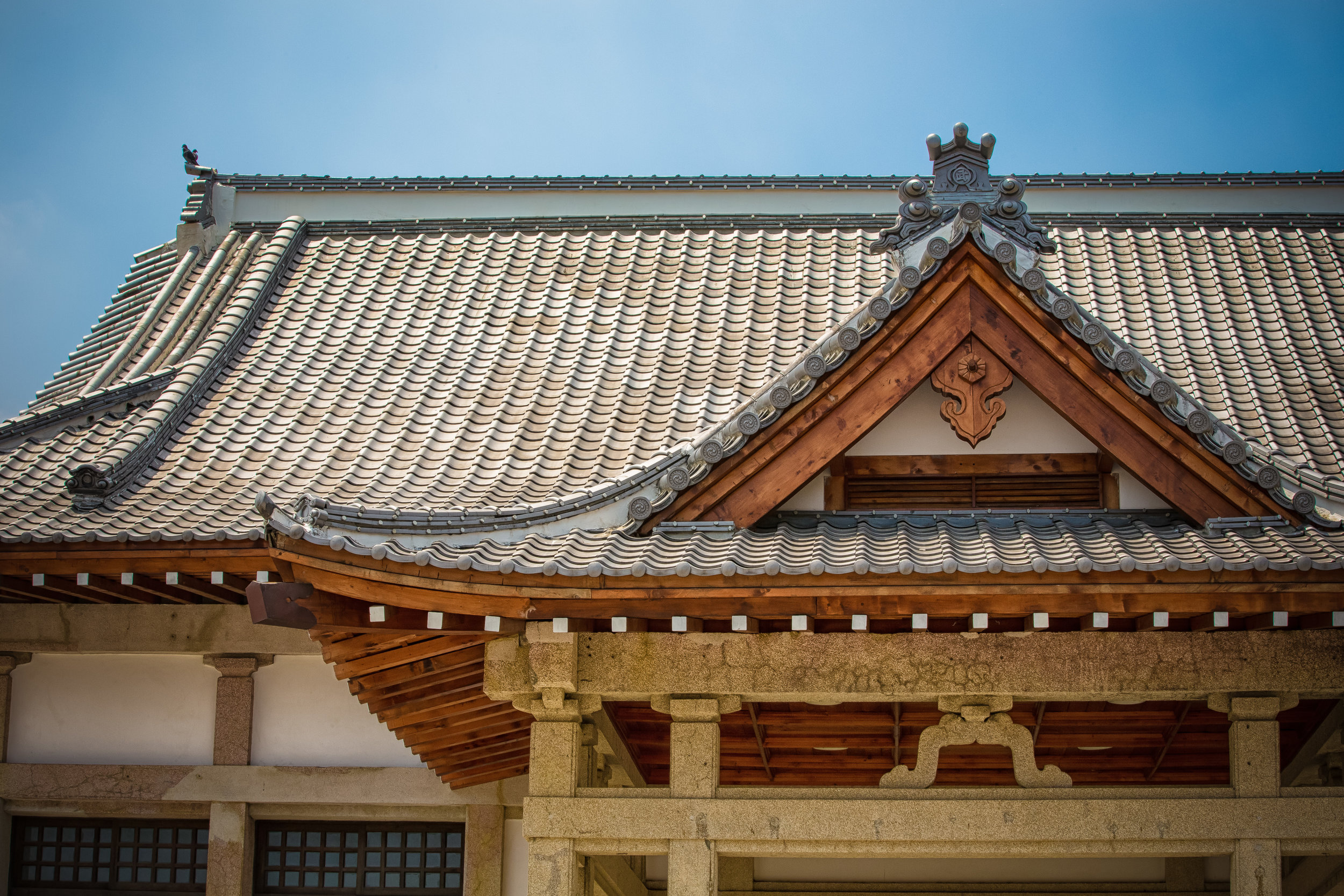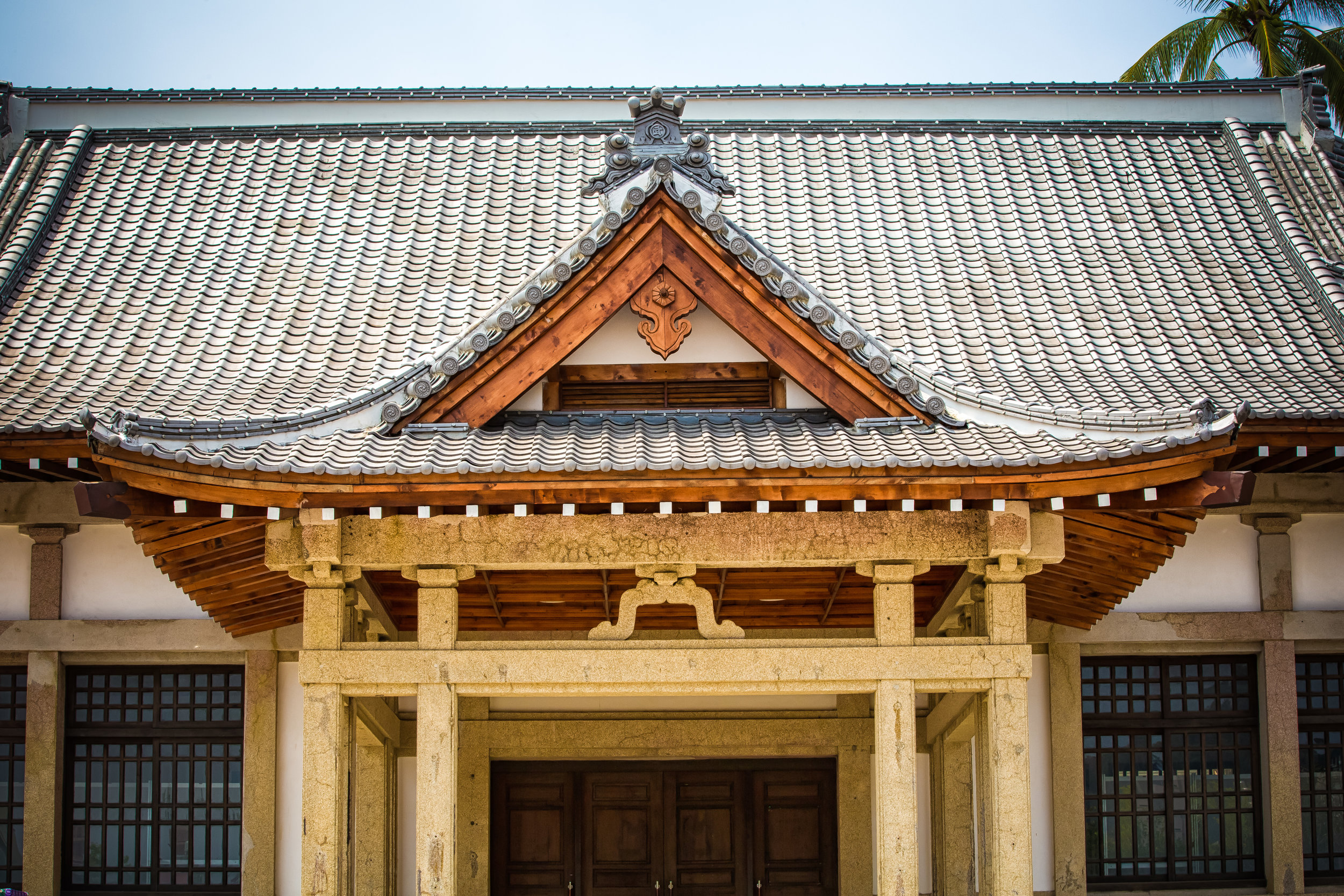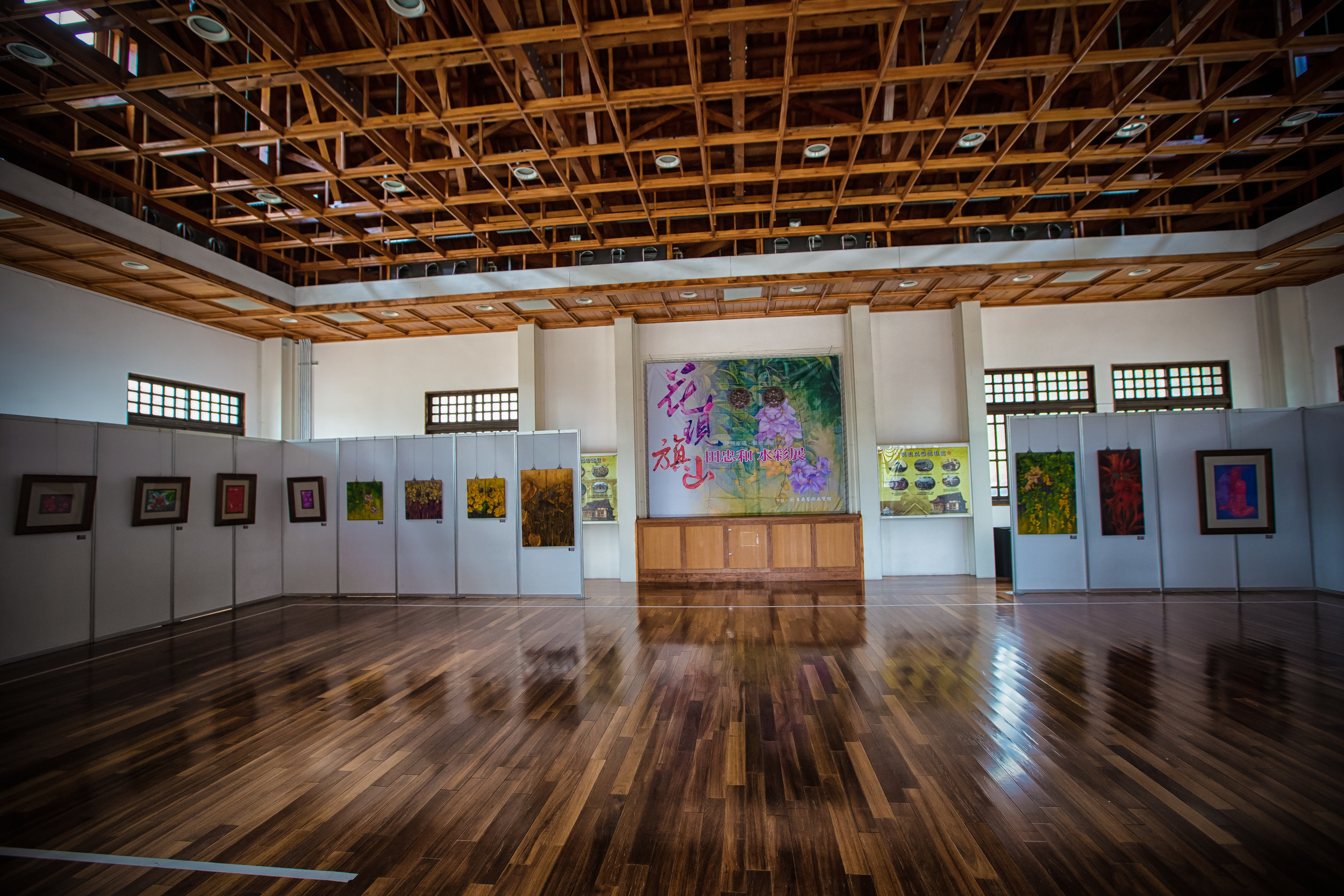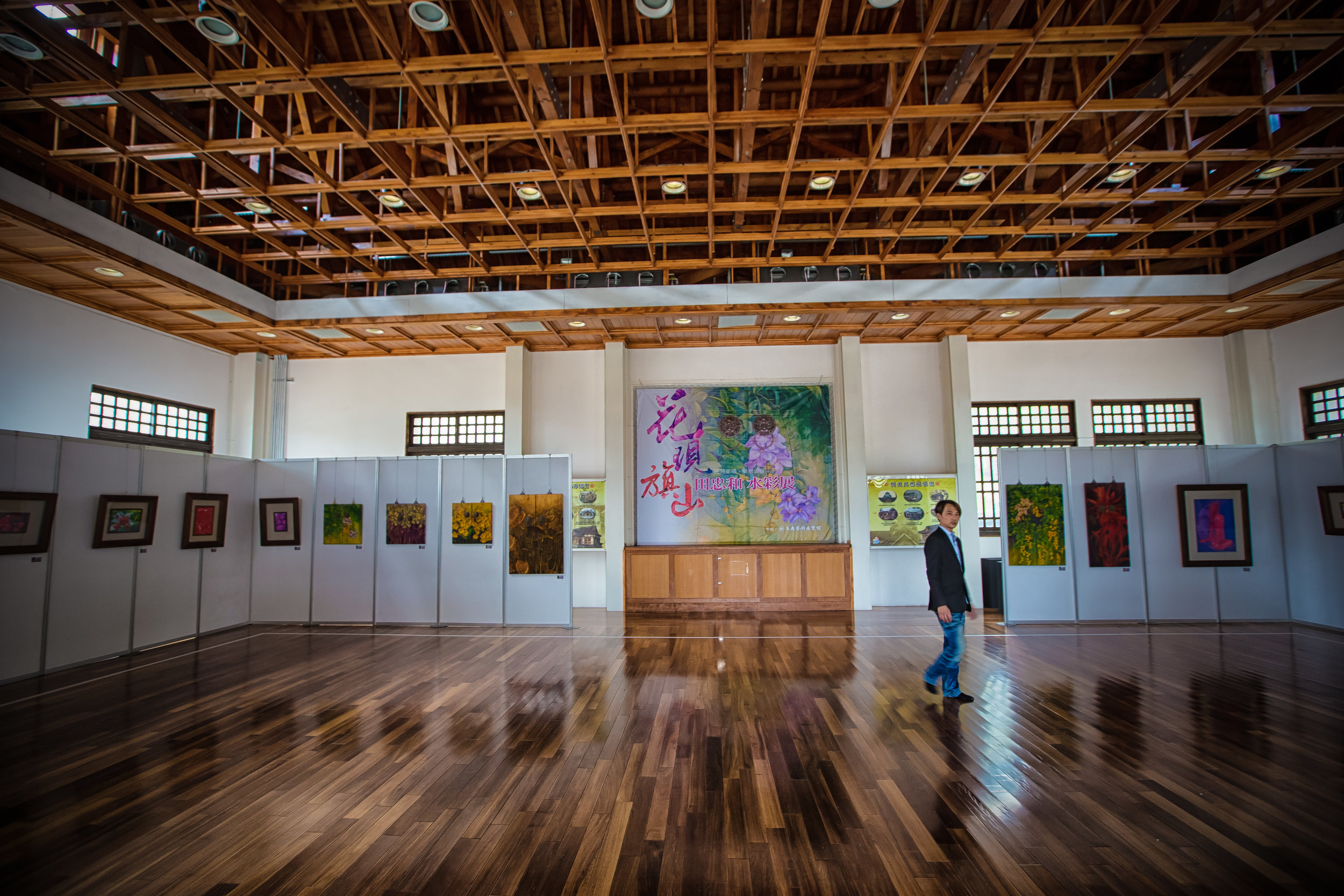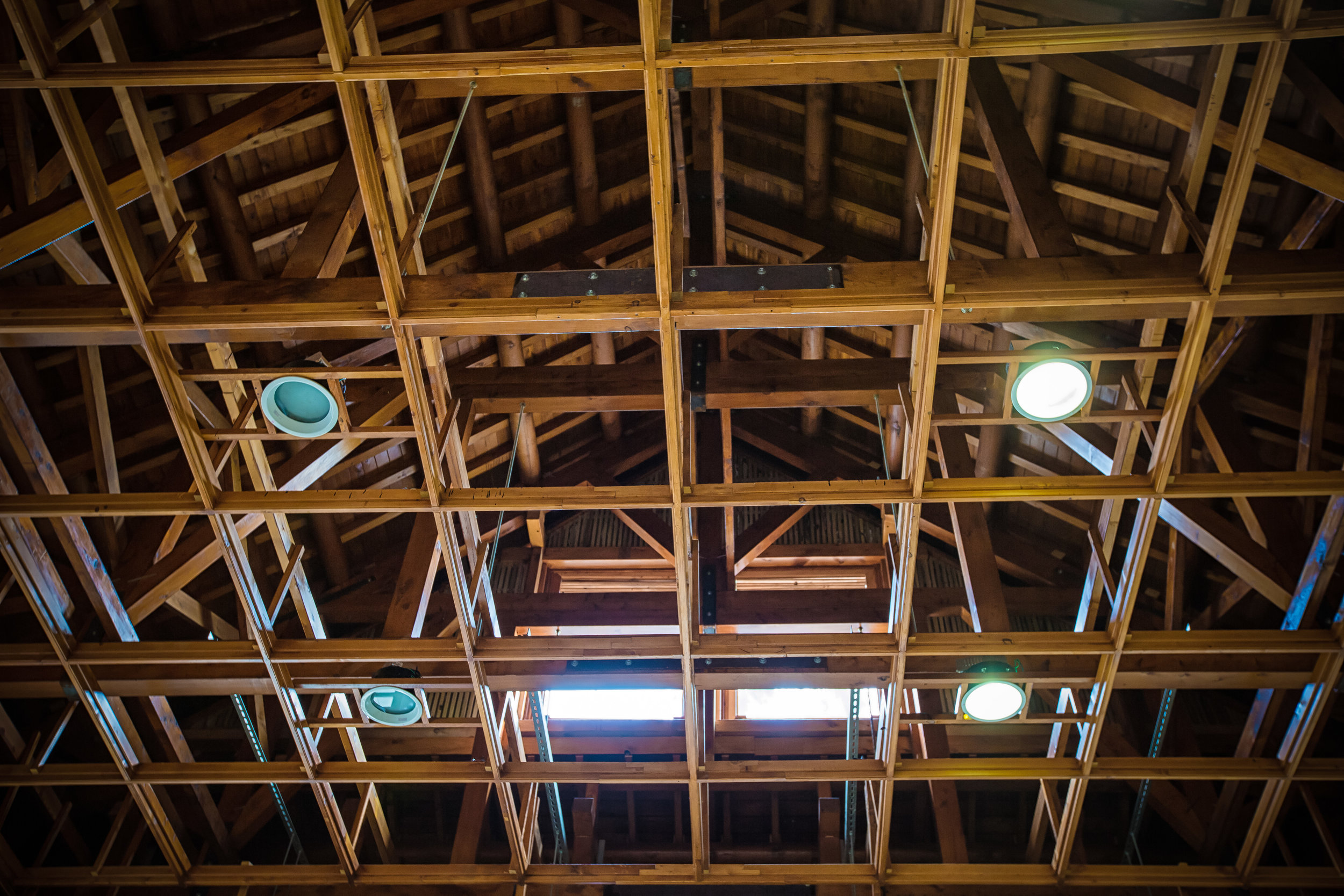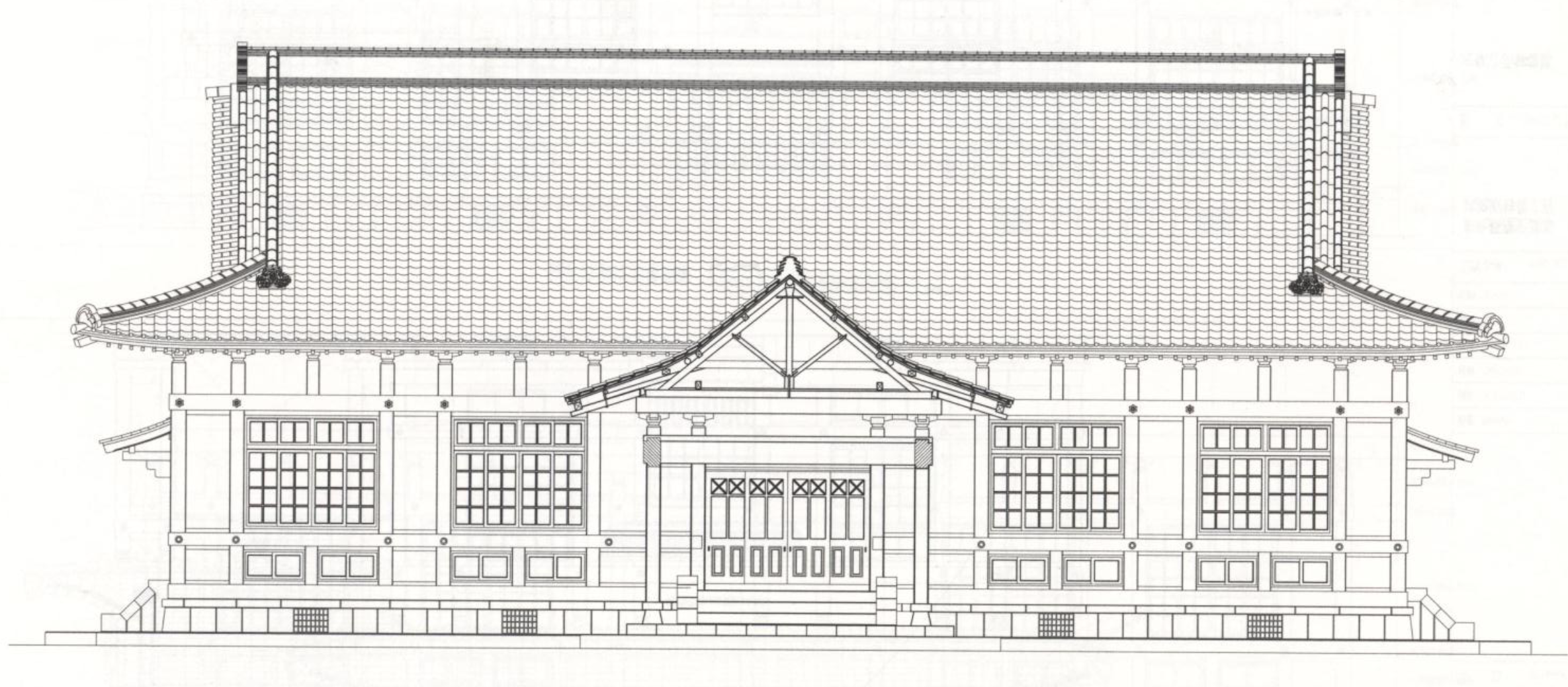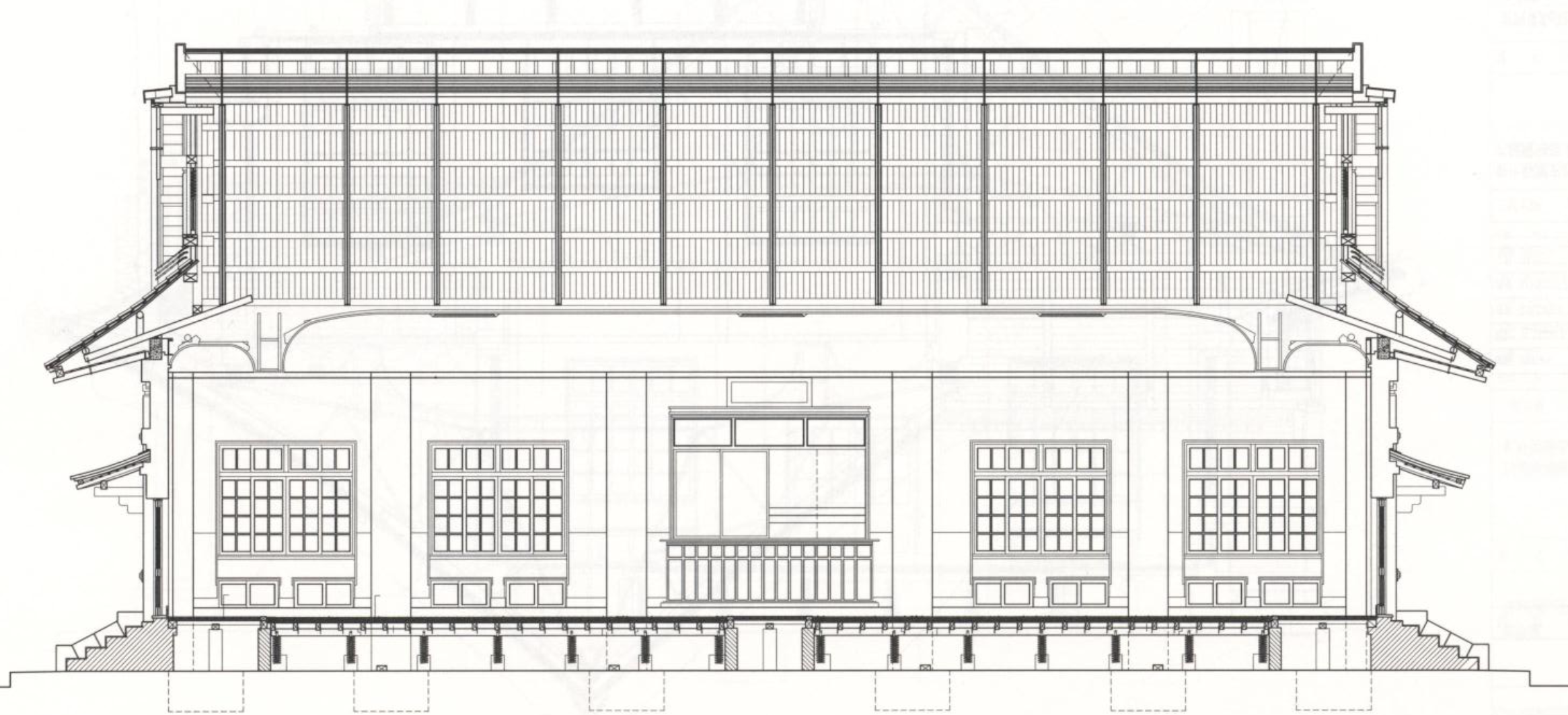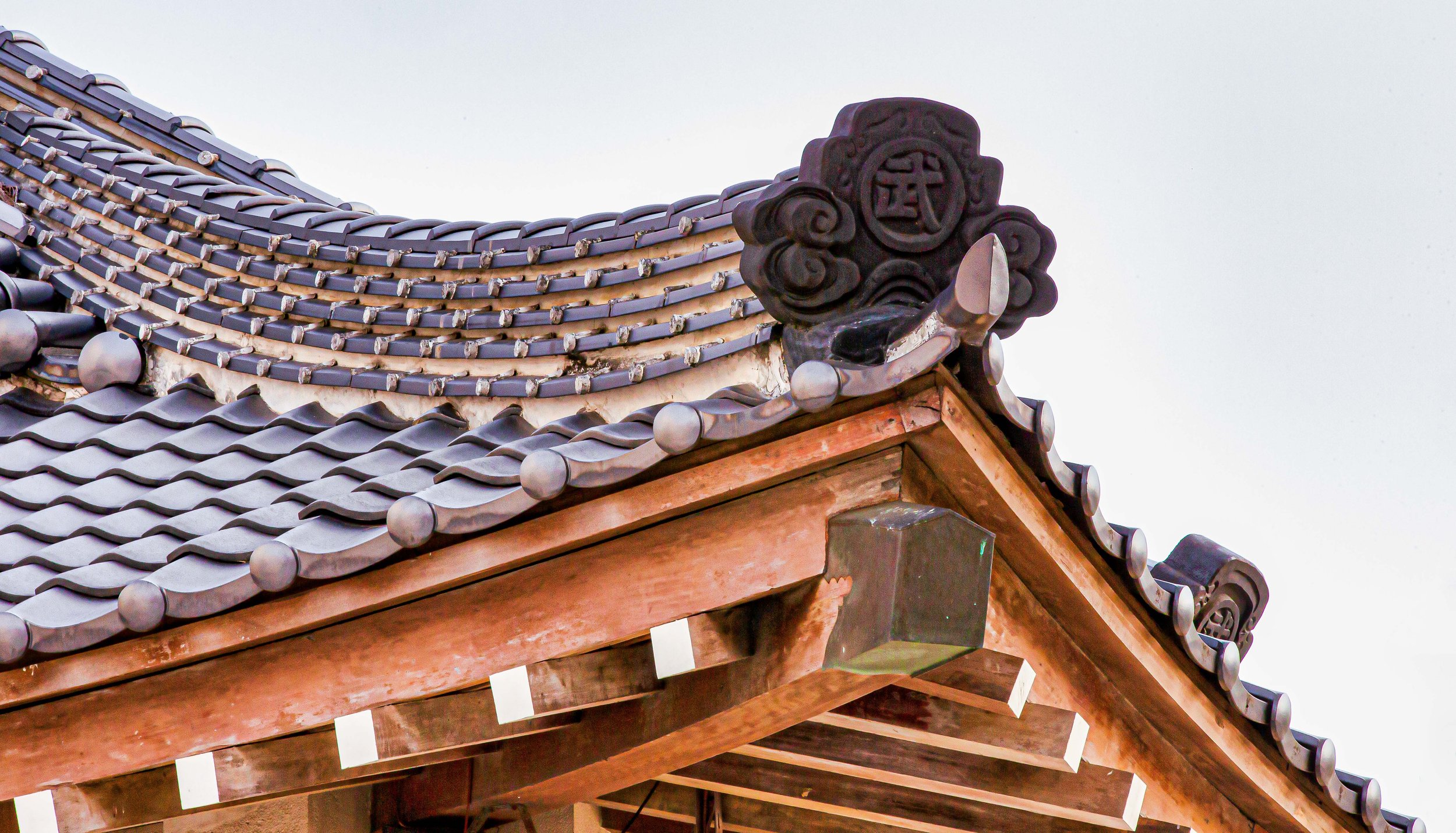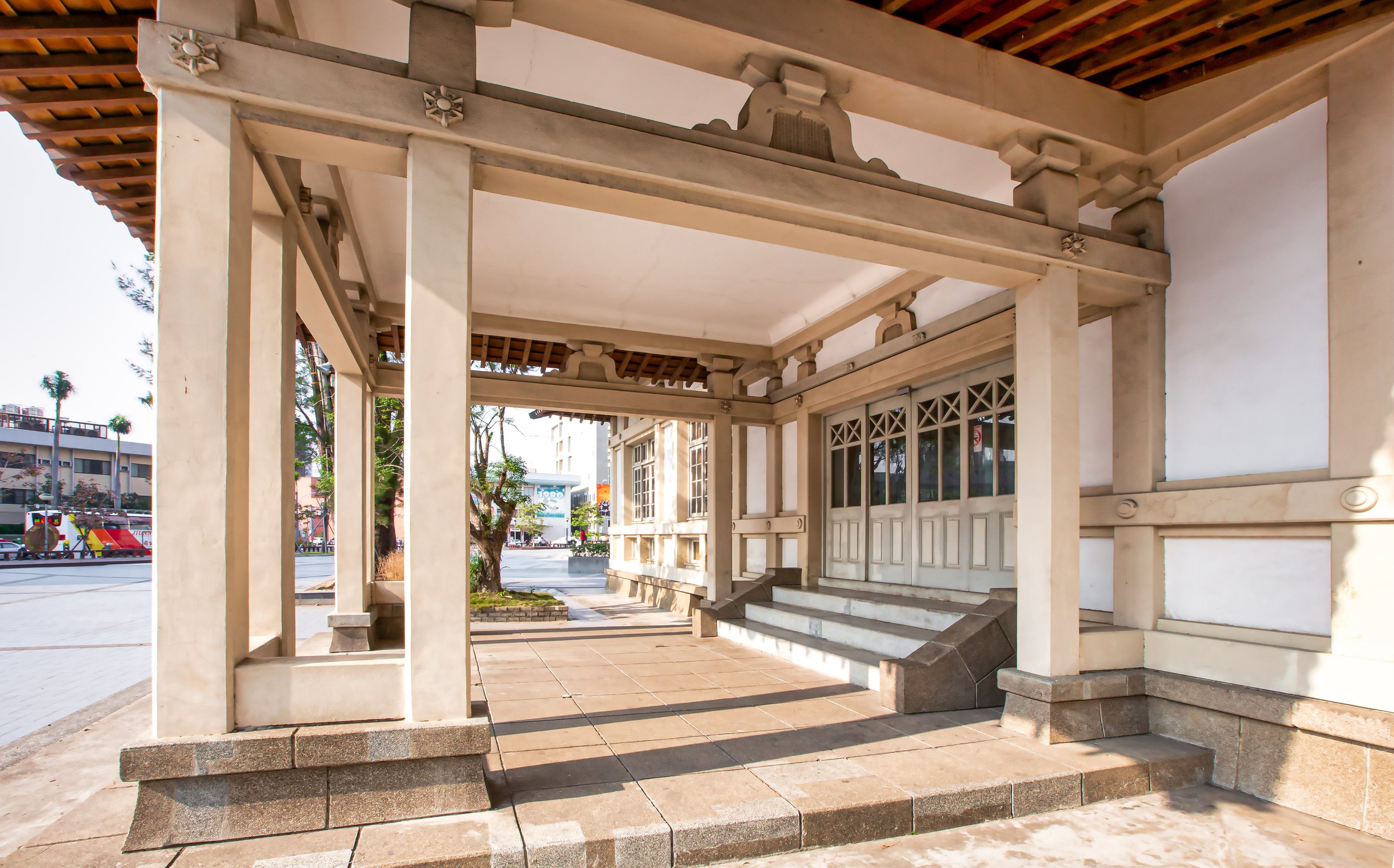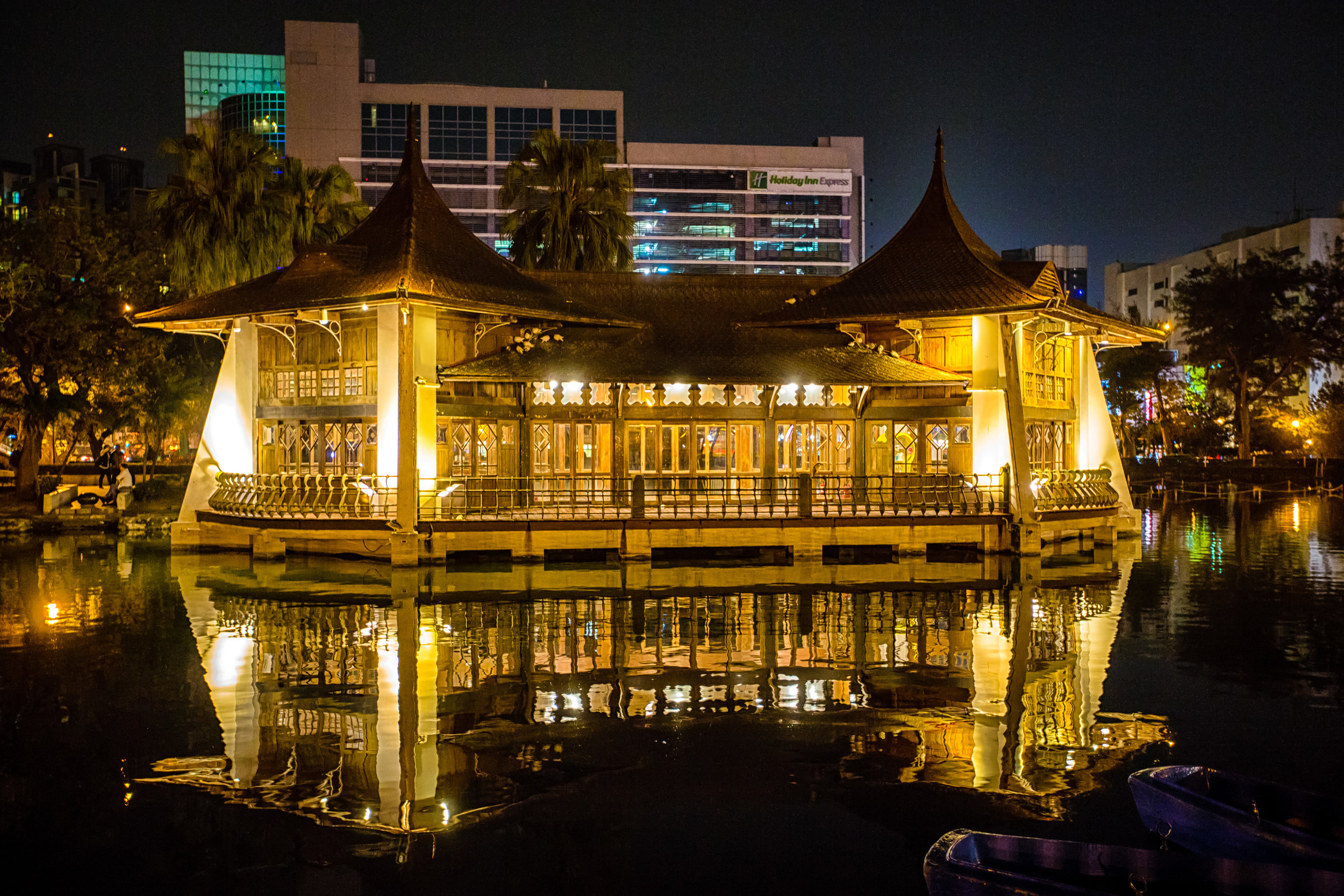Over the past few months I've posted a few times about some of the beautiful remnants of Taiwan's Japanese Colonial Period. The colonial era lasted only five decades but in the short time that the Japanese controlled Taiwan, they helped to modernize the islands infrastructure and education and helped foster the importance of democratic governance all of which has had a lasting effect on the people of this tiny island nation.
It has been more than seven decades since the Colonial Era ended and while there are still quite a few well preserved examples of Japanese architecture left in Taiwan, most of the remaining buildings are in a state of decay and are in desperate need of not only recognition for their historical significance but some much needed maintenance and renewal.
So far I've posted several blogs about two of the remaining Shinto Shrines (Taoyuan and Tungxiao) while also posting about several Butokuden (武德殿) or "Martial Arts Halls" (Daxi, Longtan, Changhua, Tainan) as well as the soon-to-be restored Japanese Police Dormitories in Zhongli and the Timber Industry Dormitories in Jhudong.
These Martial Arts Halls, Shinto Shrines and former dormitories were quite common in almost every city in Taiwan during the colonial era but few are left remaining today and that is why their preservation and telling their story are so important.
If you haven’t already, I recommend stopping here and first reading my introduction to Taiwan’s Martial Arts Halls, which provides an overview of the purpose of the buildings, their history and where else you’re able to find them around the country!
Link: Martial Arts Halls of Taiwan (臺灣的武德殿)
If you’re up to date with all of that, let’s just get into it!
Qishan Martial Arts Hall (旗山武德殿)
Kaohsiung is home to two Martial Arts Halls with one in the city near the harbour and the other on the outskirts of the city in Qishan District (旗山區).
Qishan is a popular area within Kaohsiung that is renowned for its bananas and its Old Street (旗山老街). The district was once an economic powerhouse thanks not only to its successful banana production but also because of the sugar industry which became an important part of the Sugar Monopoly during the Japanese Colonial Era.
Like a lot of the other places where you find "old streets" in Taiwan, the area had to find new ways to make a living due to sudden changes in the economy. The town is now a tourist attraction for people who want to enjoy a carnival-like atmosphere while walking through a historic town.
Today while walking through the old street you'll be able to find banana-related products which include amazing drinks, cakes, cookies, etc. The sugar industry was what made the town most successful though and is what attracted the Japanese Colonial government most as the production and distribution of sugar was important and was an industry that had to be modernized so that the valuable product could be distributed throughout the Japanese empire.
The government began to re-develop the town and the urban planning that you see today while walking the streets of Qishan is quite indicative of Japanese urban planning of that era. The old-street portion of the town is beautifully designed and like a lot of other old streets in Taiwan, the buildings were designed in the baroque architectural design.
The town is also full of buildings of Japanese origin whuch most notably include former police dormitories and teachers dorms in addition to the schools and the Martial Arts Hall which were all a product of that era.
Like every other Martial Arts Hall in Taiwan, the Qishan Hall is conveniently located next to the former police station and dormitories as well as Qishan Elementary School (旗山國小) - which was built in 1898 shortly after the Japanese took governing control of Taiwan.
The location was a a key factor to the Japanese as the stated purpose of the Martial Arts Halls was to help train the police and military, offer martial arts classes to children and instill a sense of Japanese-spirit within the youth of Taiwan.
Today the Martial Arts Hall sits between the school and the former police station and is on the grounds of the elementary school's athletic track.
The Martial Arts Hall was constructed in 1934 (昭和9年) and offered Martial Arts education until the end of the colonial era when it was then repurposed for usage by the local police precinct. Like the other remaining Martial Arts Halls in Taiwan today, the incoming government found a usage for the building which was ultimately the reason why it wasn't destroyed by the Kuomintang during their 1970s campaign to rid Taiwan of Japanese cultural influence.
Originally built with a mixture of wood and concrete, the Martial Arts Hall and the administrative office behind it survived until 1994 when it "caught fire" and burnt down. The frame of the building sat there for several years until the local government could amass the funds and make plans to restore the hall to its original condition.
The reconstruction of the Hall started in 2000 and was completed a year later in 2001. The reconstruction of the Martial Arts Hall however led to public discontent with regard to the design which saw the design of the original roof being replaced by some odd-looking glass monstrosity.
The glass roof remained for almost a decade before public pressure led to the government caving in and returning the roof to its original state.
People power for the win!
The Qishan Hall was originally built with a combination of Japanese and Western construction techniques mixing brick, concrete and beautiful Taiwanese cypress and the reconstruction stayed true to that design. What we typically consider as traditional Japanese architecture was historically influenced by the architecture of the Tang Dynasty (618-907) and the roof of this building is very characteristic of the architecture of that era.
While some people may identify the building as one that is very 'Japanese' in design, its important to note that the architectural style is a nod to Japan's historic relationship with China in the early stages of its development.
The wooden roof has four sides and rises to resemble a mountain-like structure known as a "hip-and-gable roof" (懸魚) with "owl's tail" (鴟尾) decorations on each end. The most interesting thing I noticed about the the roof though (and is something that differs from some of the other Martial Arts halls that I've seen thus far on this little project of mine) is that the various roof trusses and gables are adorned with the words Budō "武德“. This is the same with the case of the Martial Arts Halls in Changhua, Erlin and Kaohsiung but not of those in the north.
The interior of the Hall is open to the public and looks a lot like that of the Martial Arts Hall in Daxi and Tainan. The reconstructed hardwood floor is beautiful and shines from the windows that surround the building giving it beautiful natural light.
On the day I visited the hall the doors opened around 1pm and had a display of the art of local artists who contributed to an exhibition. I suppose the space is likely a pretty good one to be used for local exhibitions which is great for the people living in Qishan.
The administration hall that sits behind the main hall was also completely restored and is a beautifully designed Japanese-style office/home that is used as a place for locals to sit and enjoy some coffee or tea. The doors are open on both sides and there is a nice breeze, so I can imagine it would be a great place to go and read a book. On the day I visited there were a few models dressed up in Cosplay uniforms with photographers taking their photos as well as a few couples enjoying some tea. The interior has quite a few kimonos as well as several Japanese decorations which makes it a nice place to visit.
The Qishan Martial Arts Hall is wonderfully reconstructed and is in excellent shape. If you find yourself in Qishan visiting the beautiful Old Street I highly recommend a stop over at the Martial Arts Hall which is only a short walk from the street. If you have some extra time you can even cross the street behind the hall and take the short walk up the hill behind it to check out one of the largest Confucius Temple's in the whole of Asia
Getting There
Gallery / Flickr (High Res Shots)
